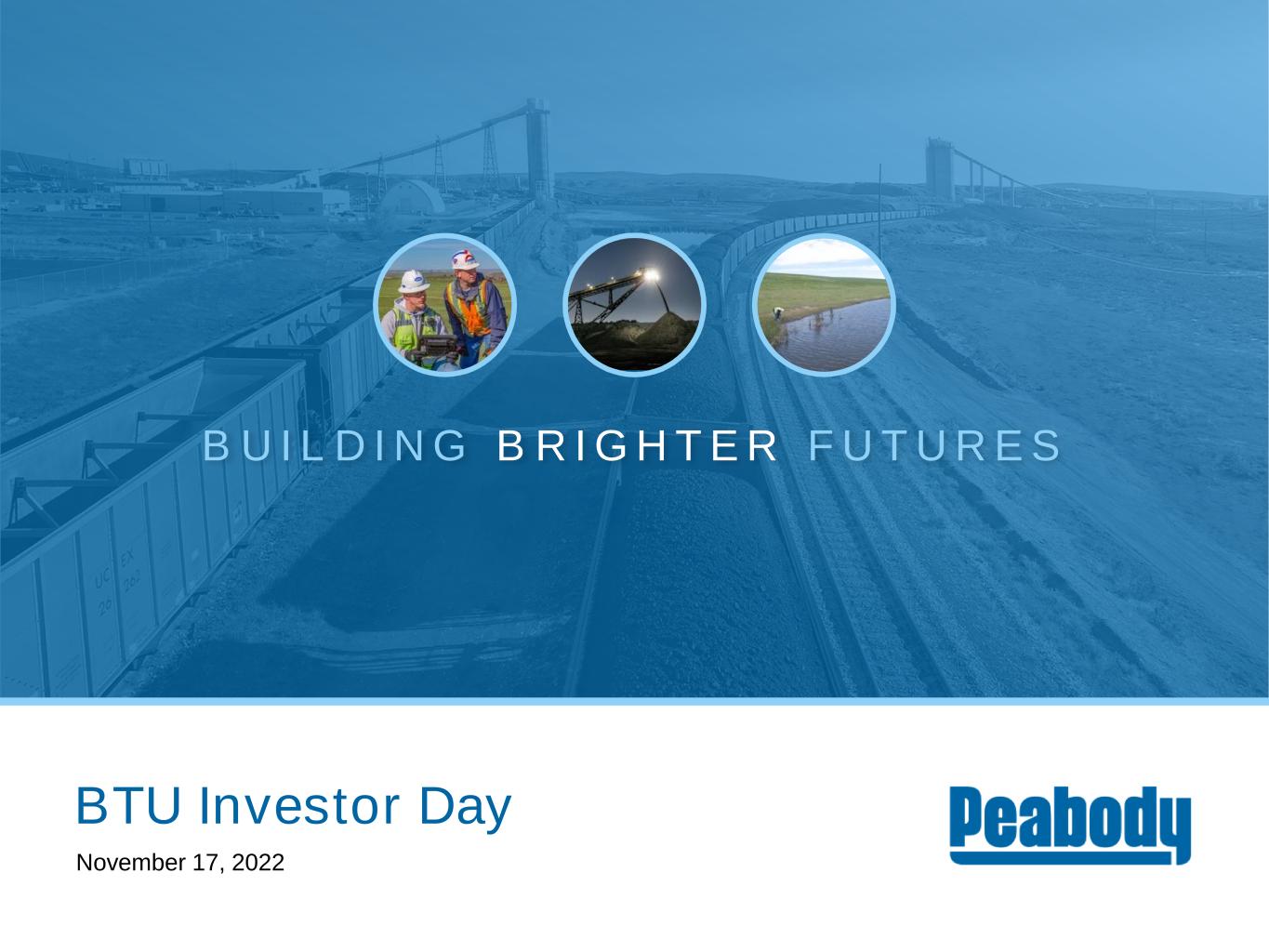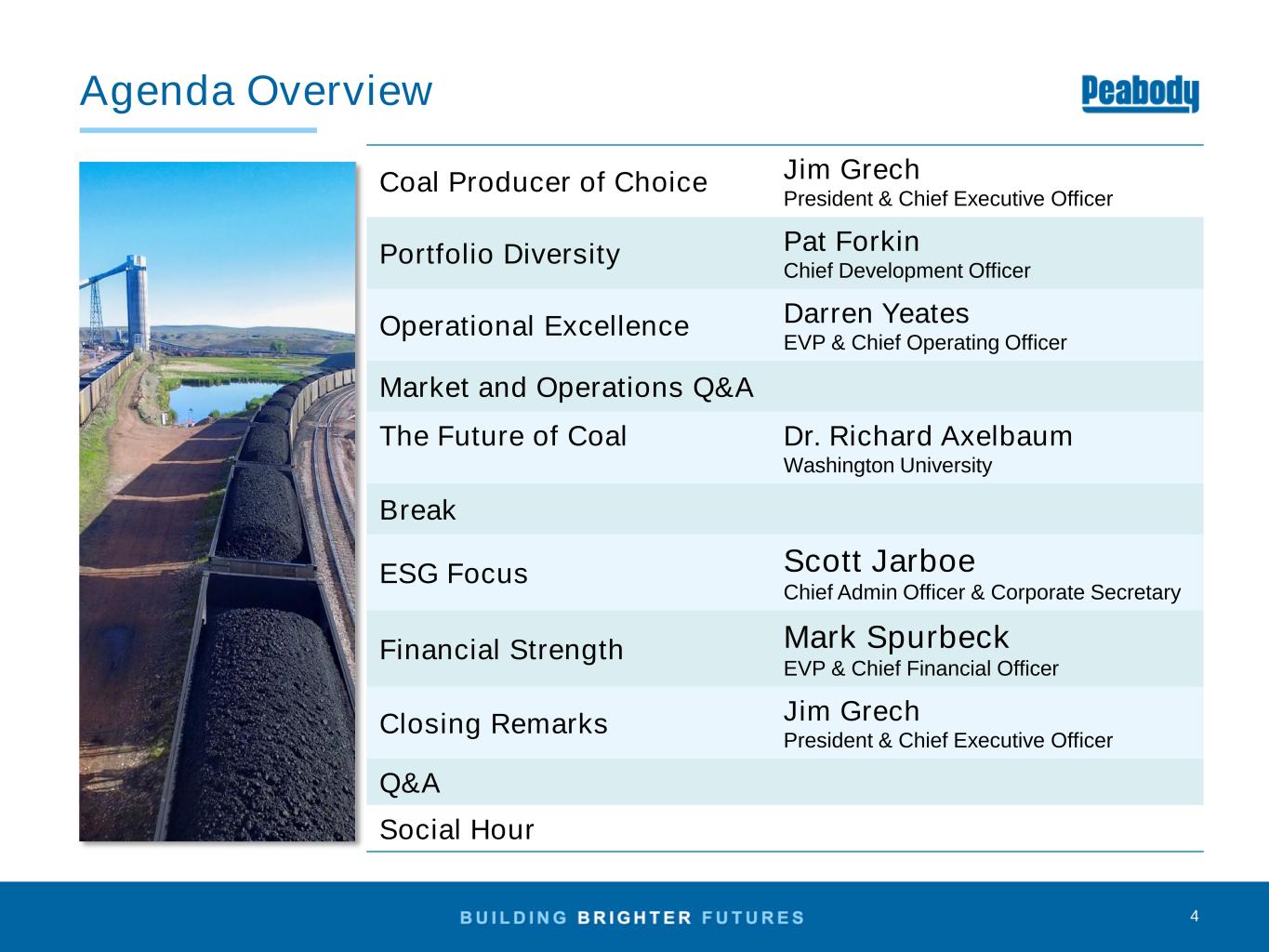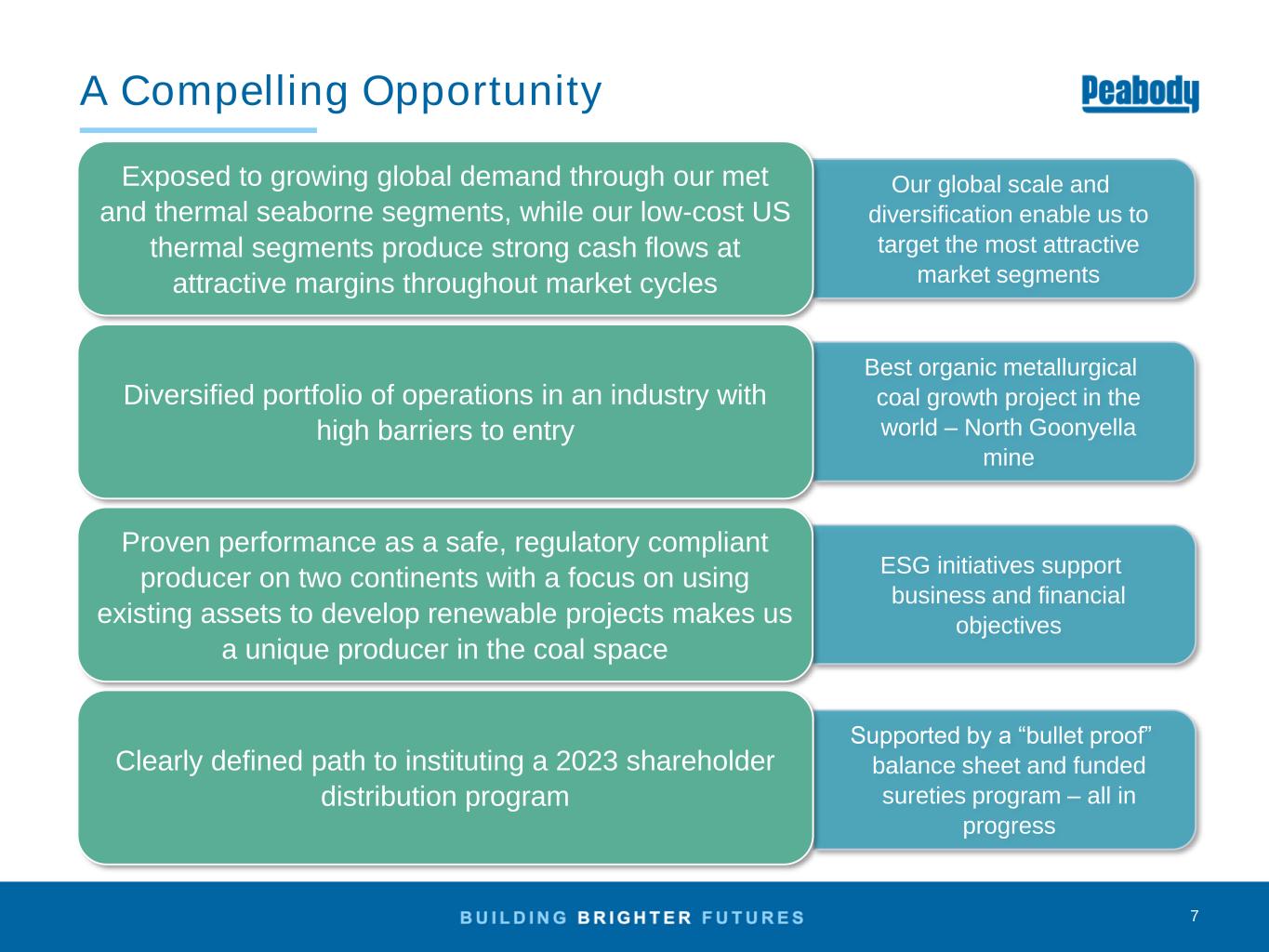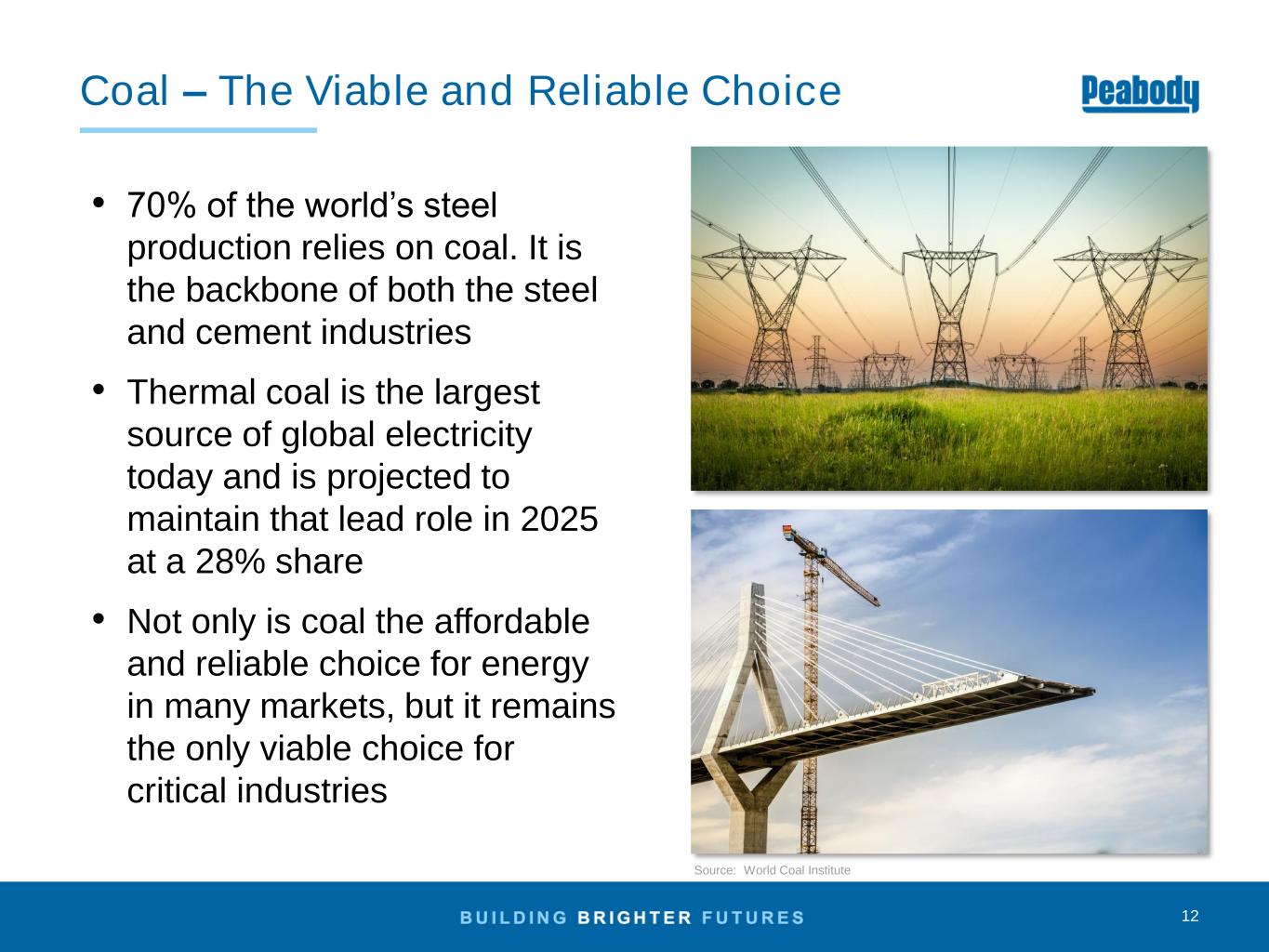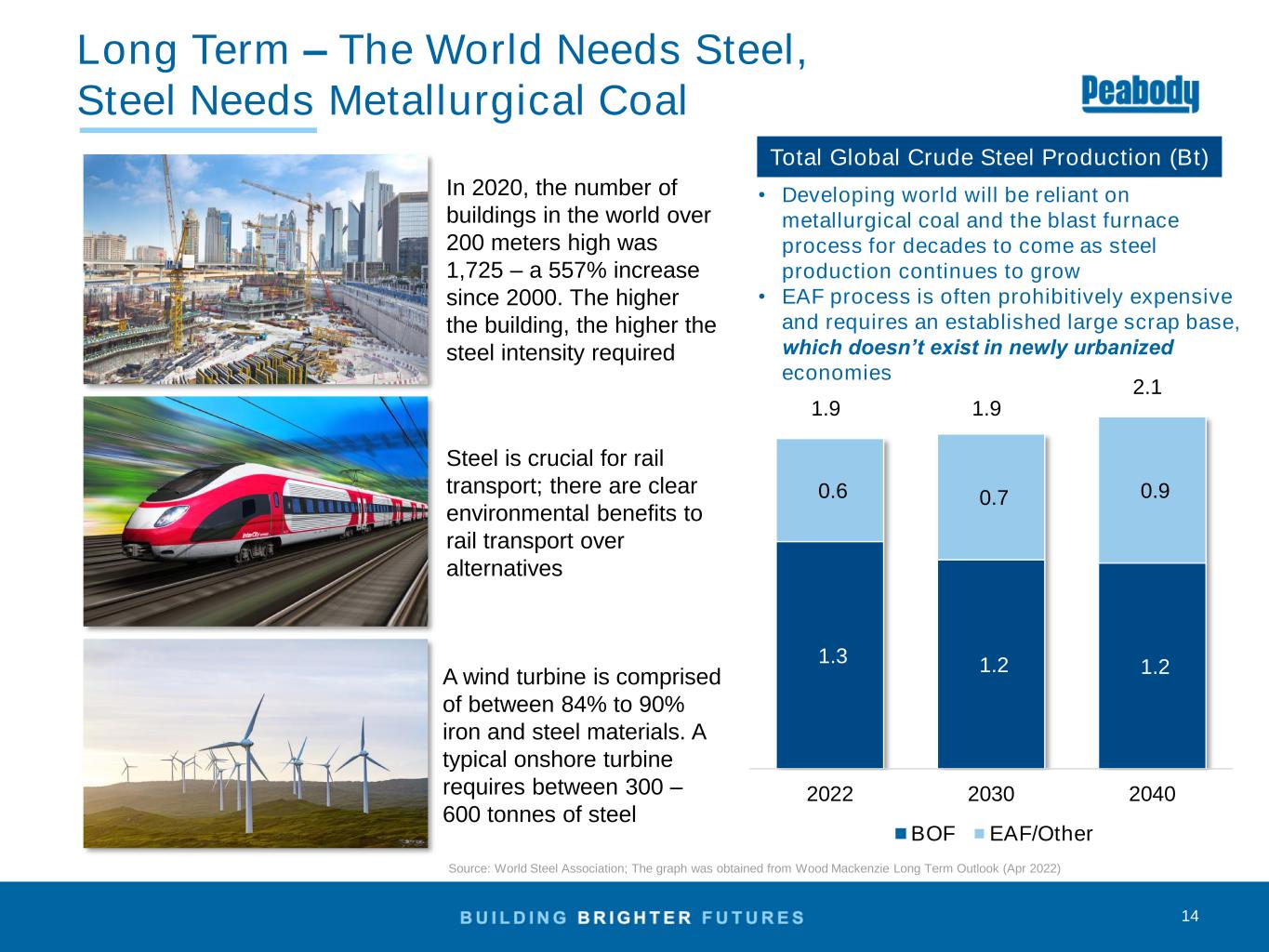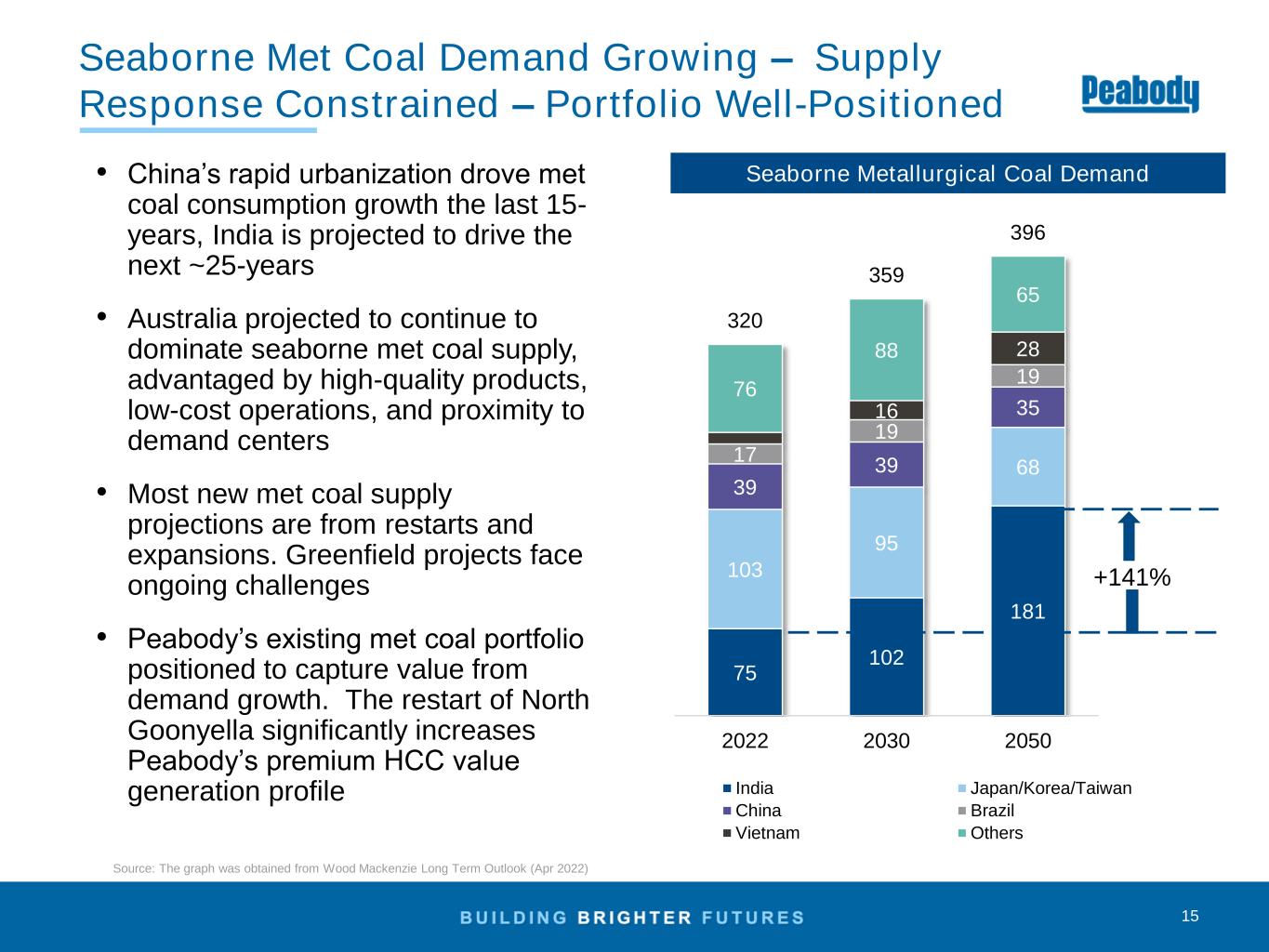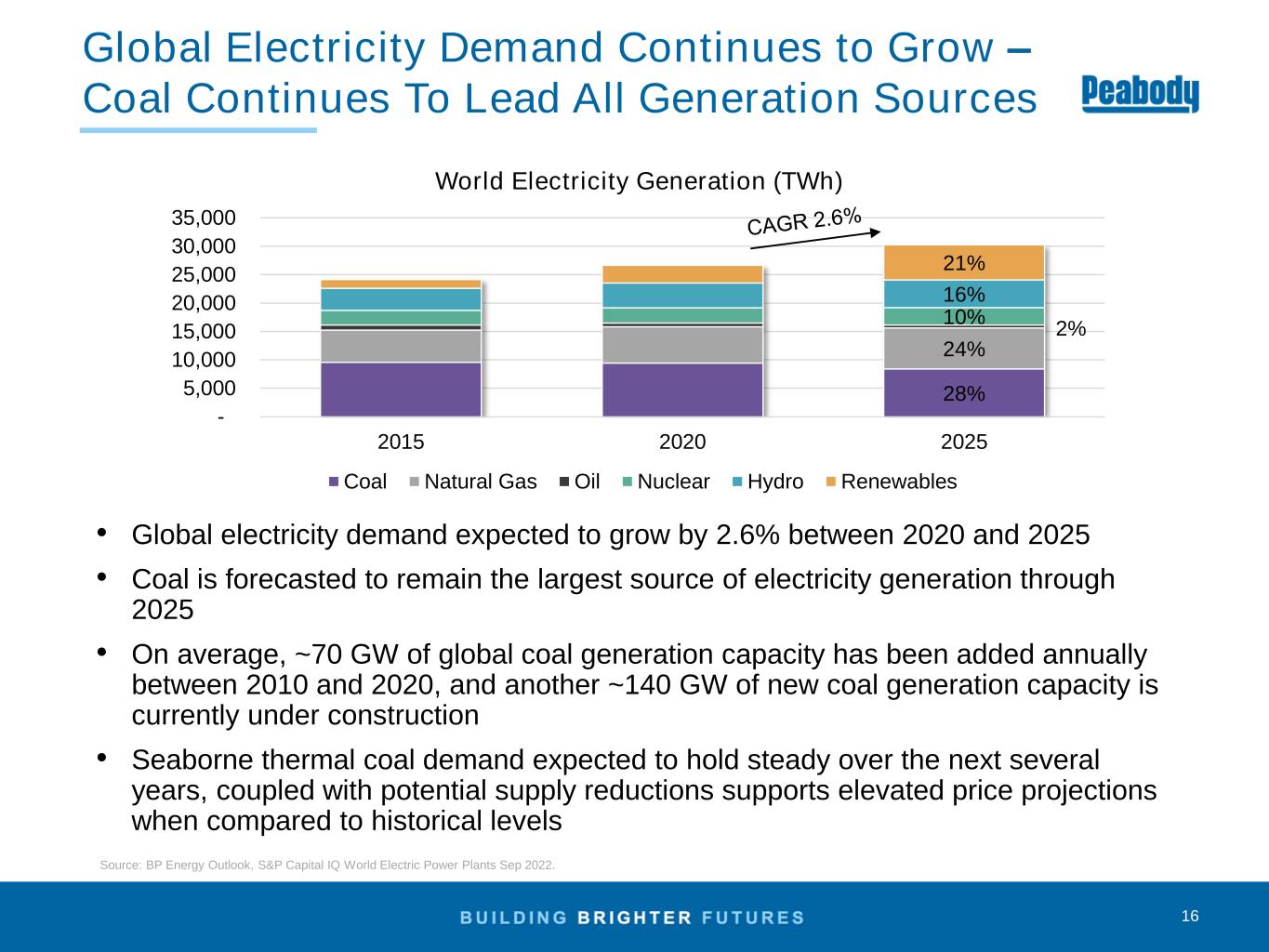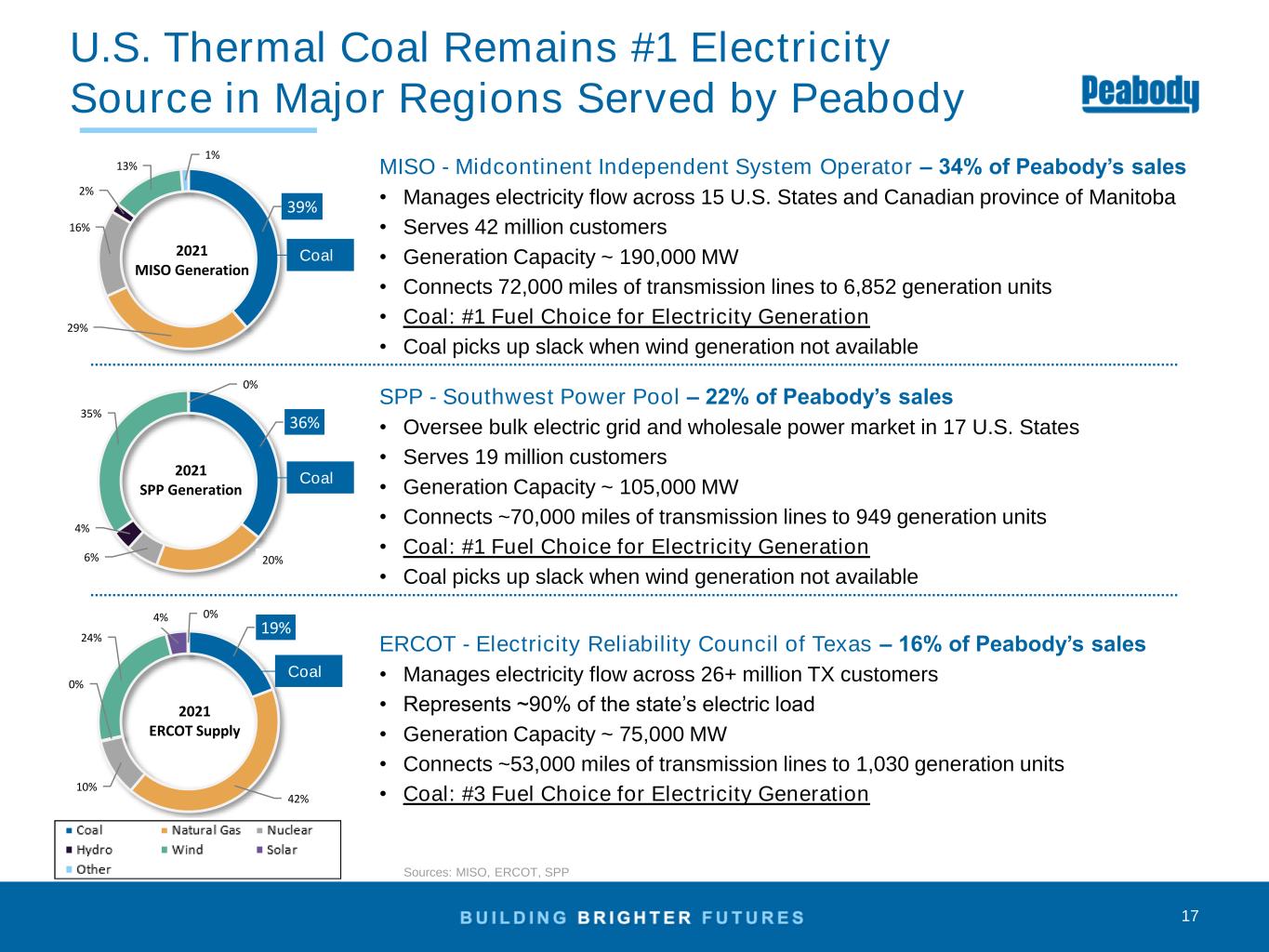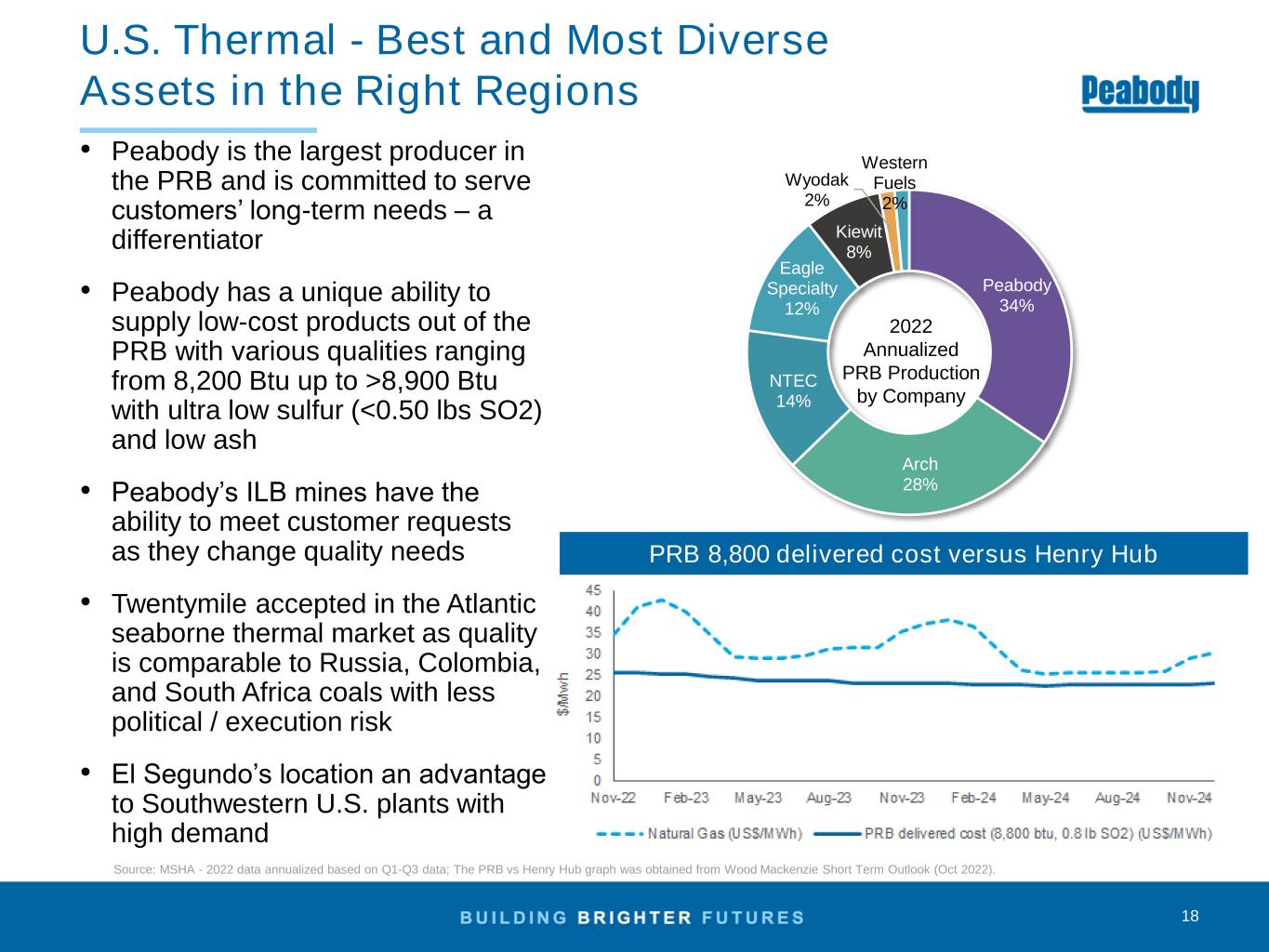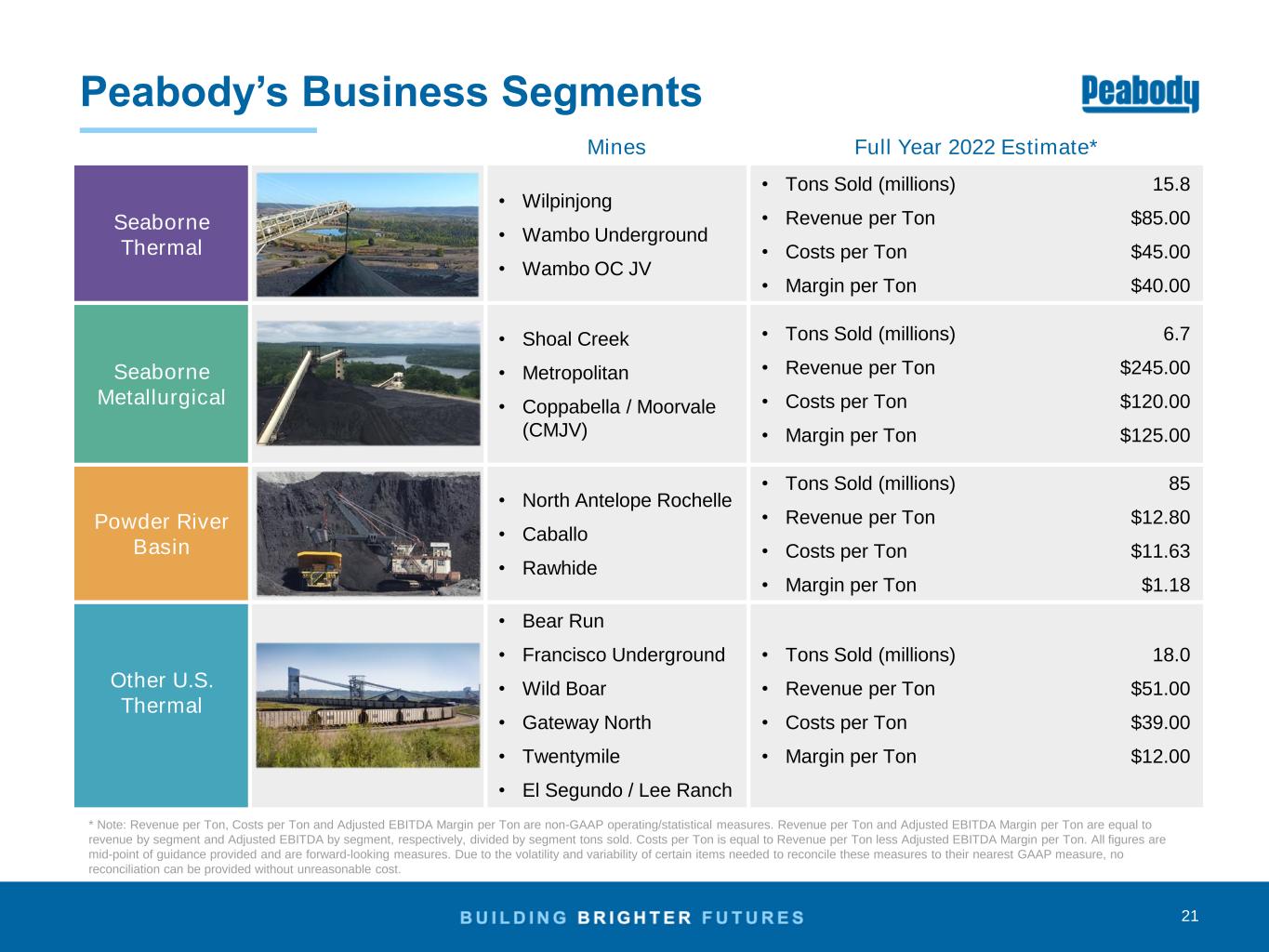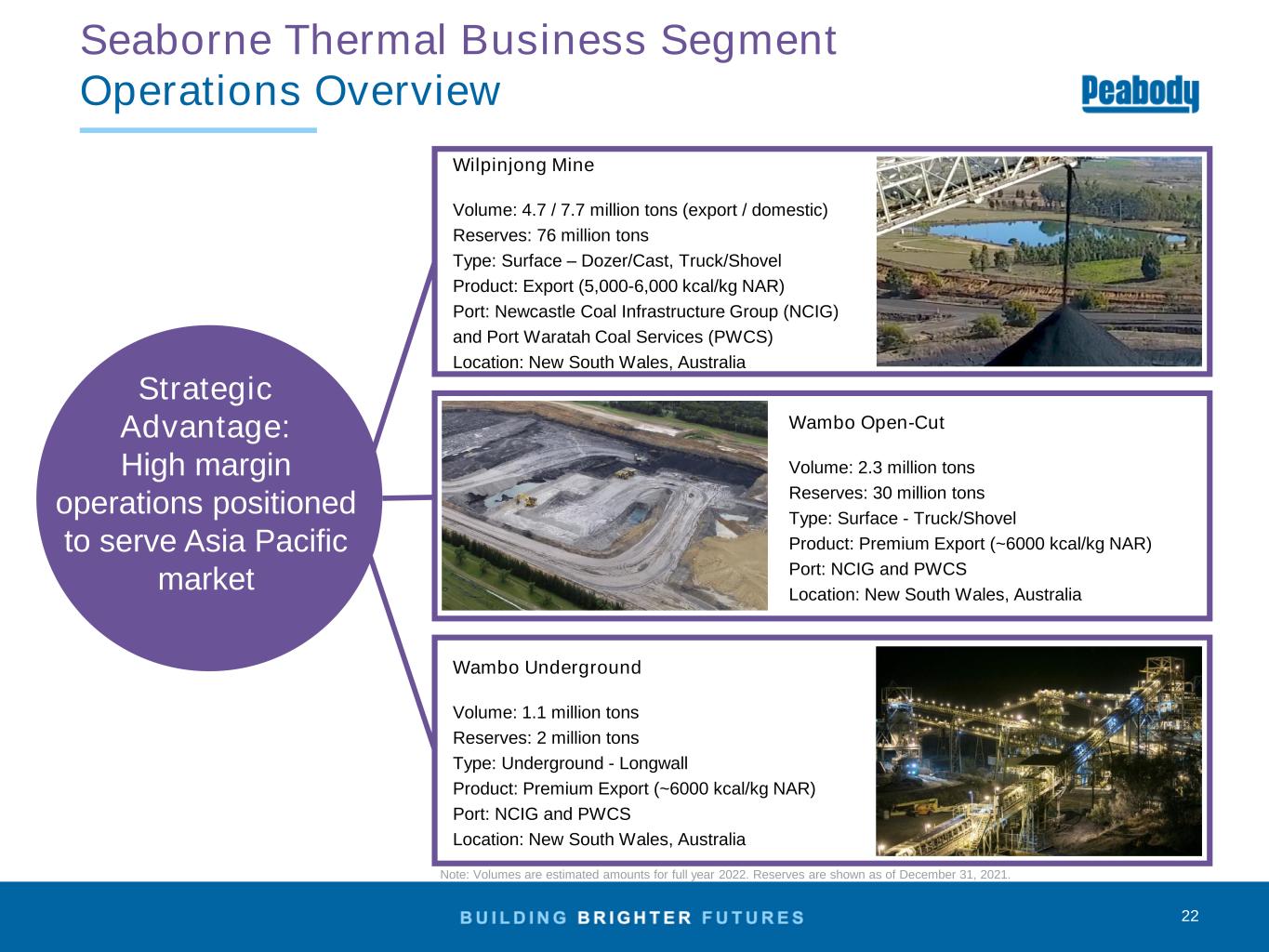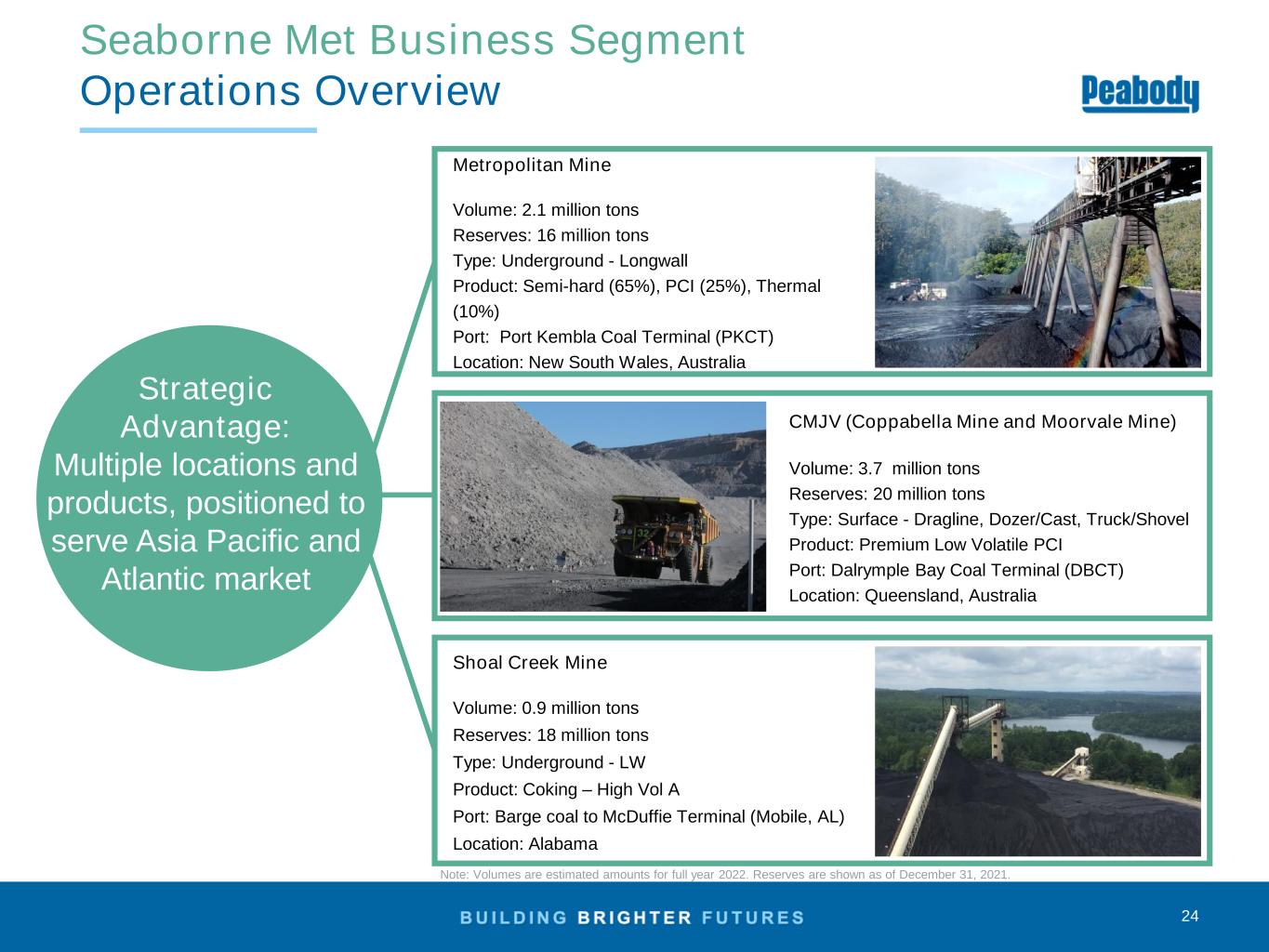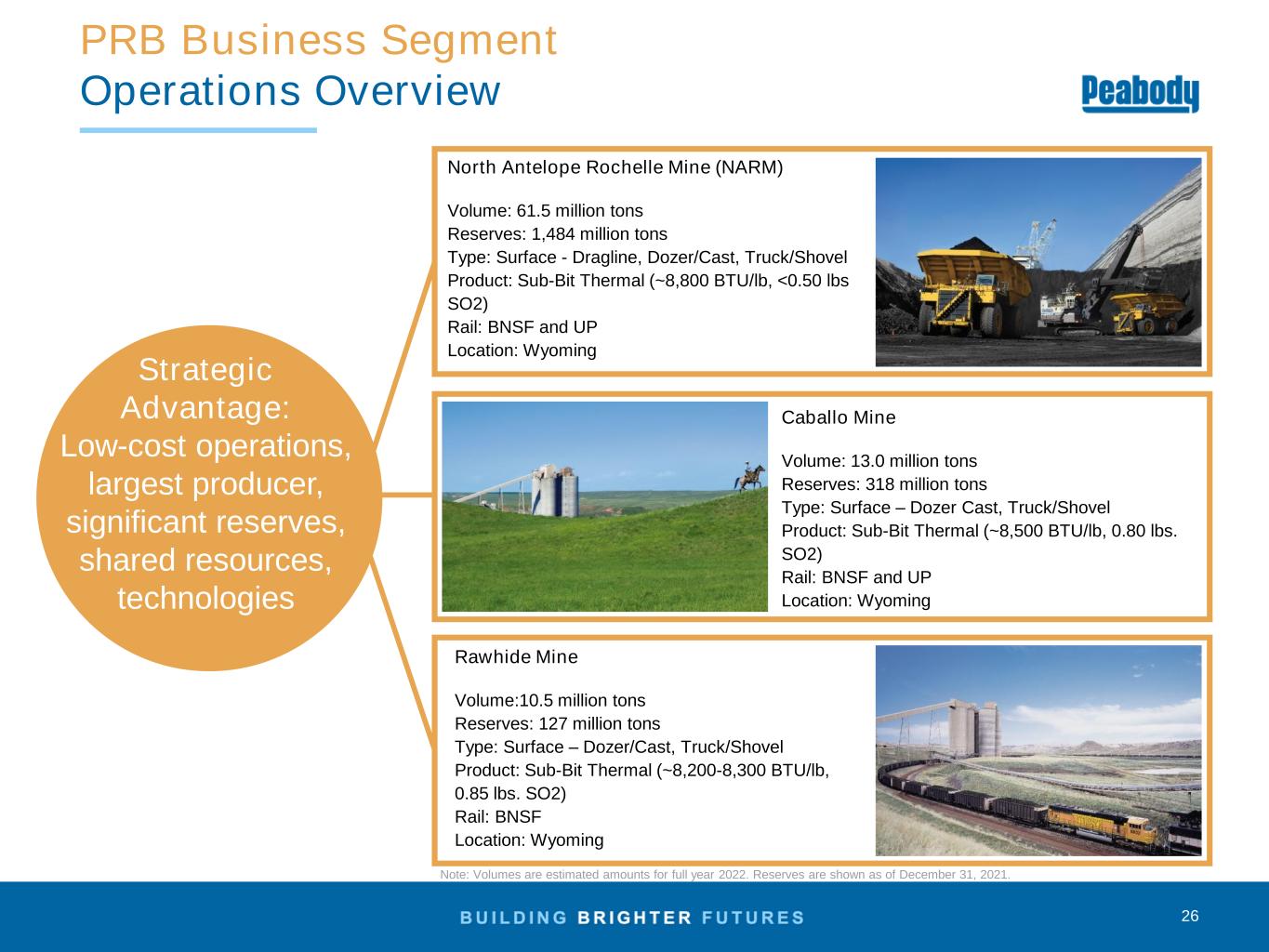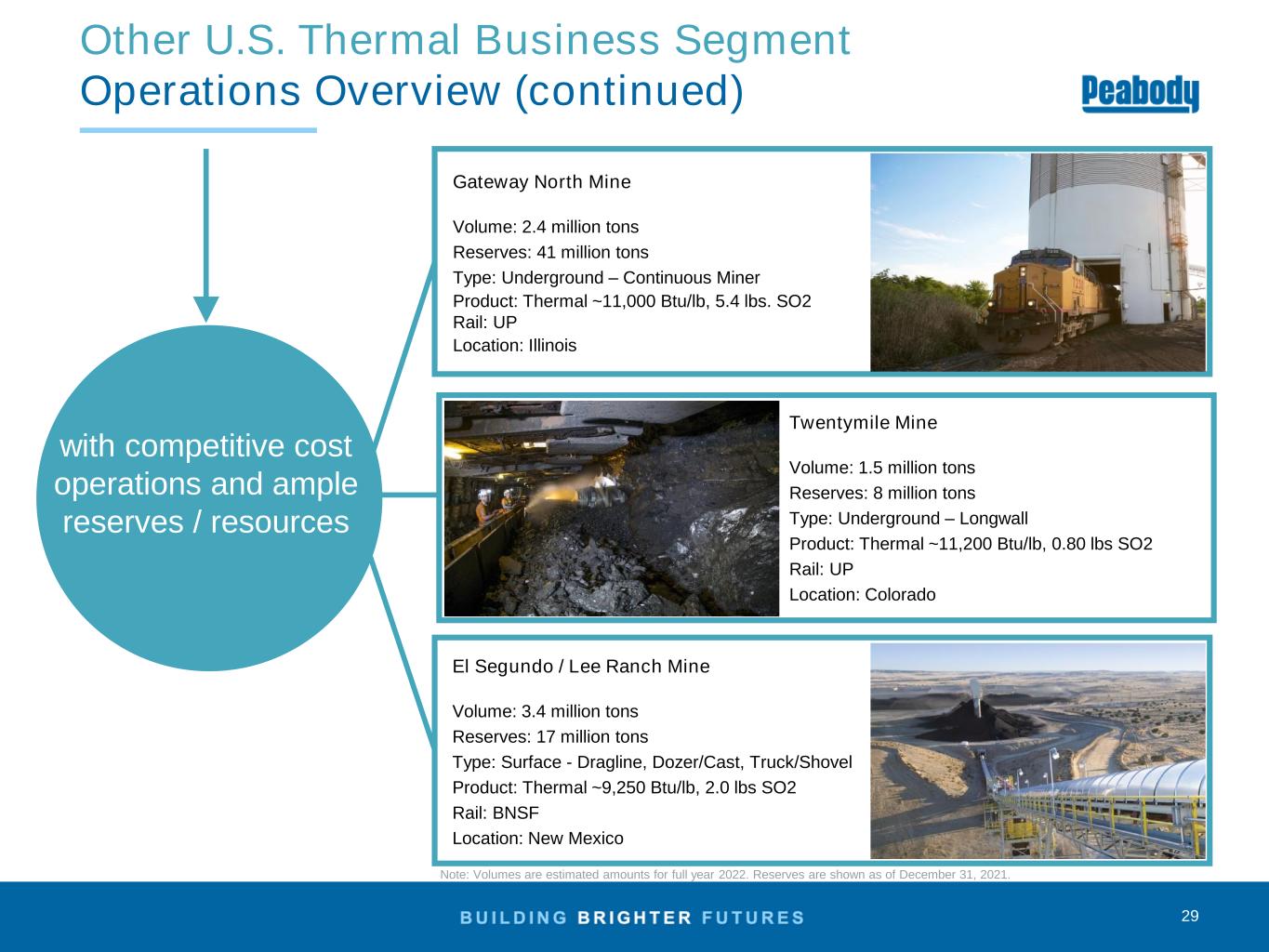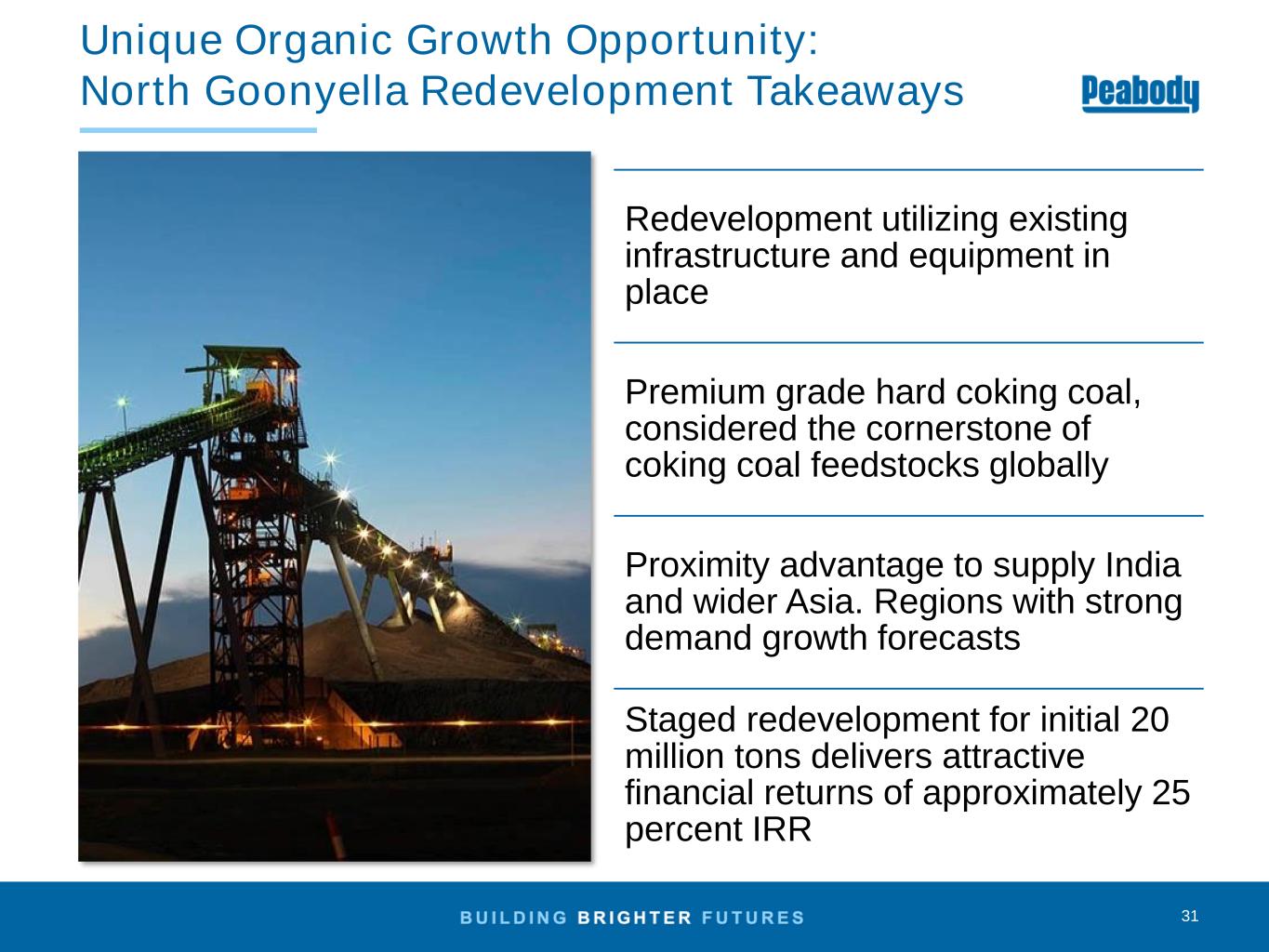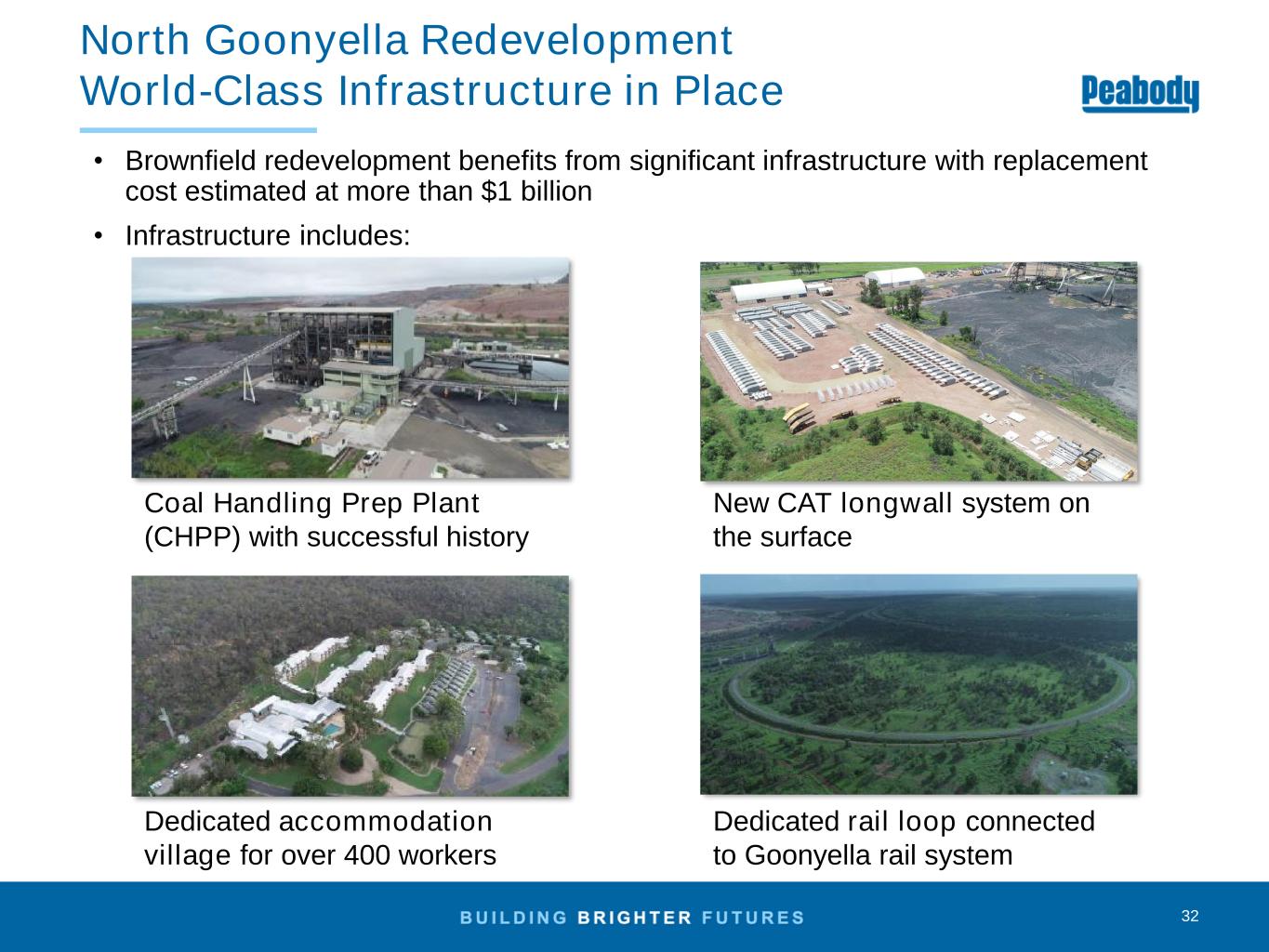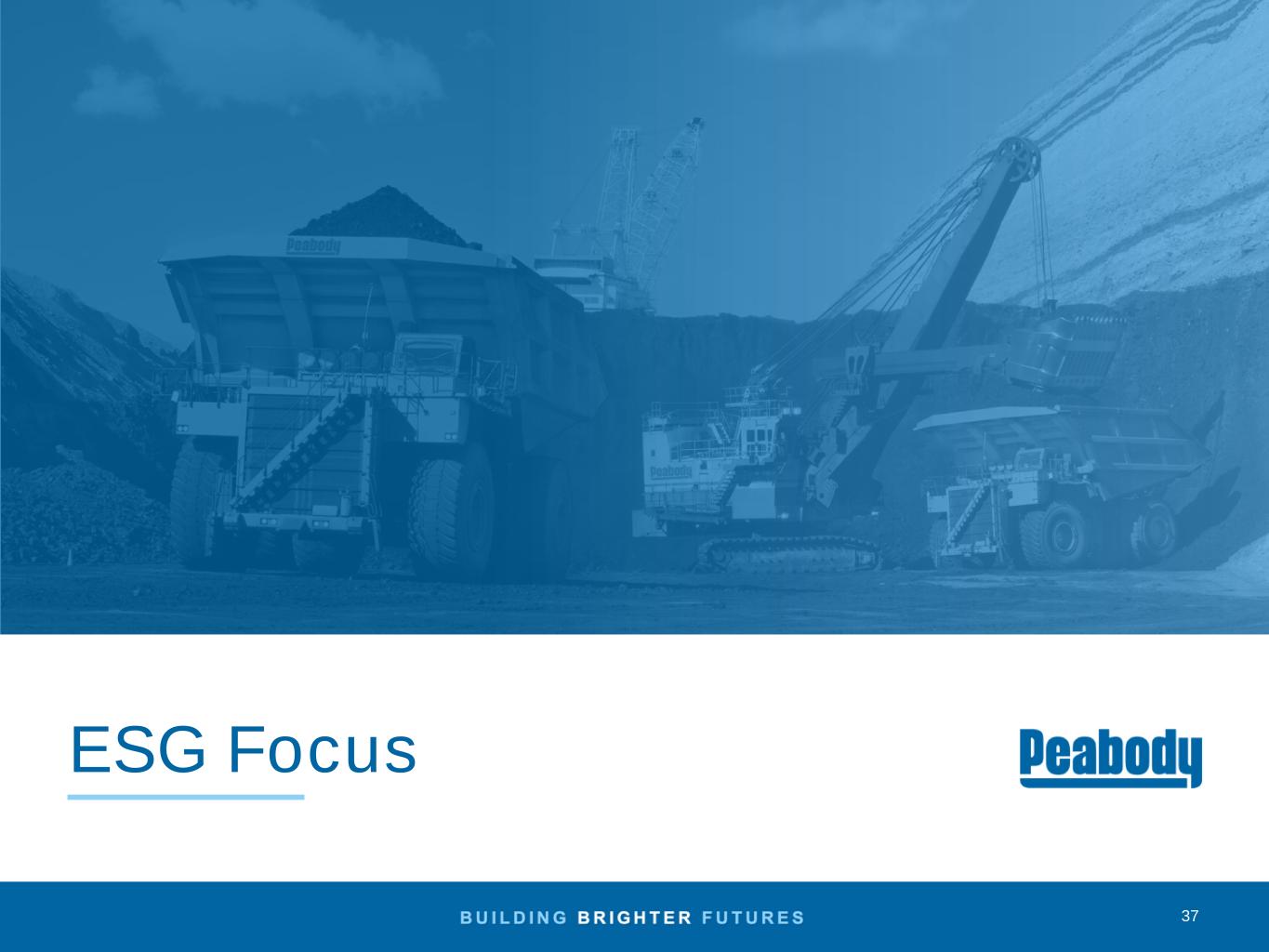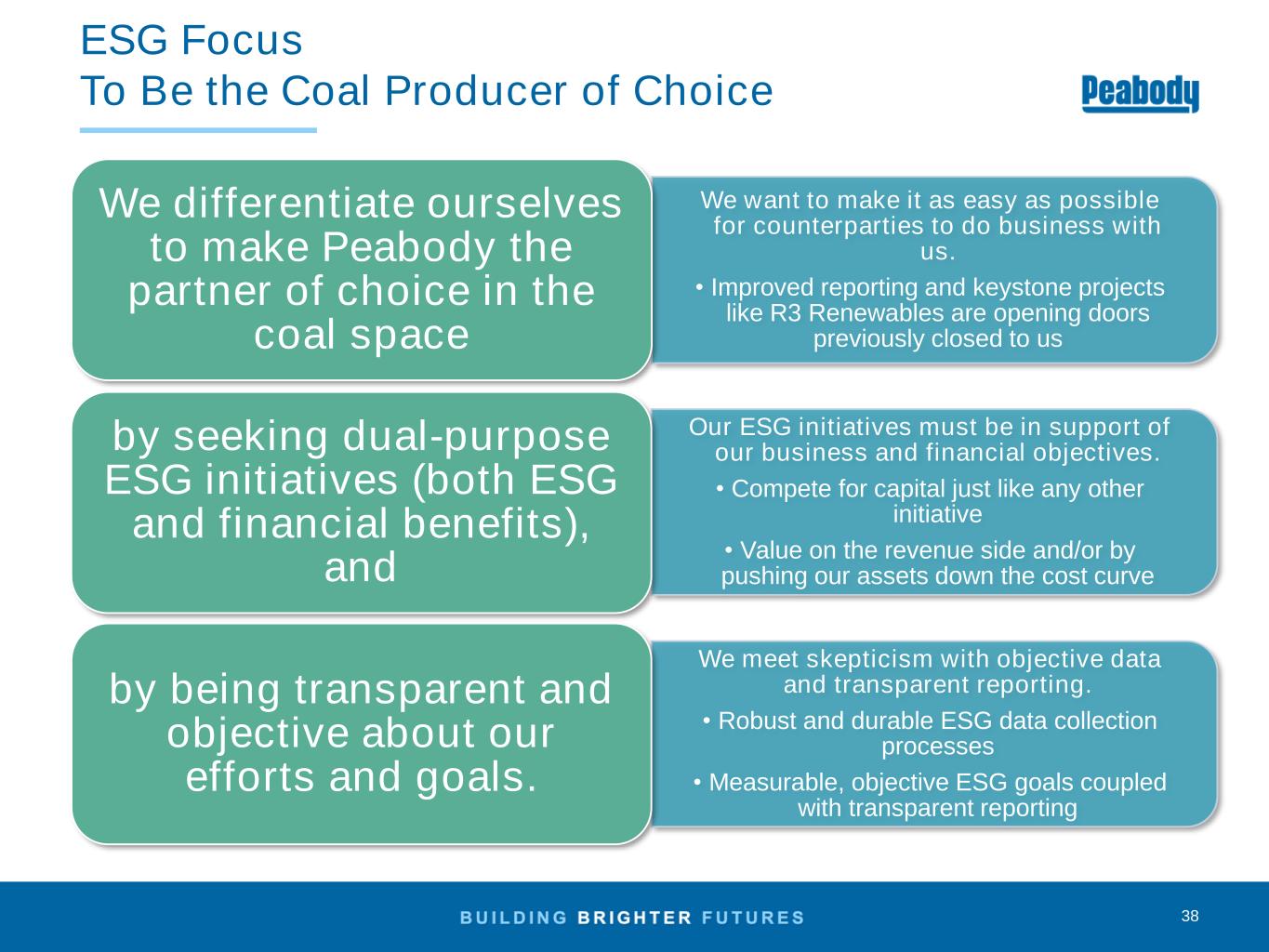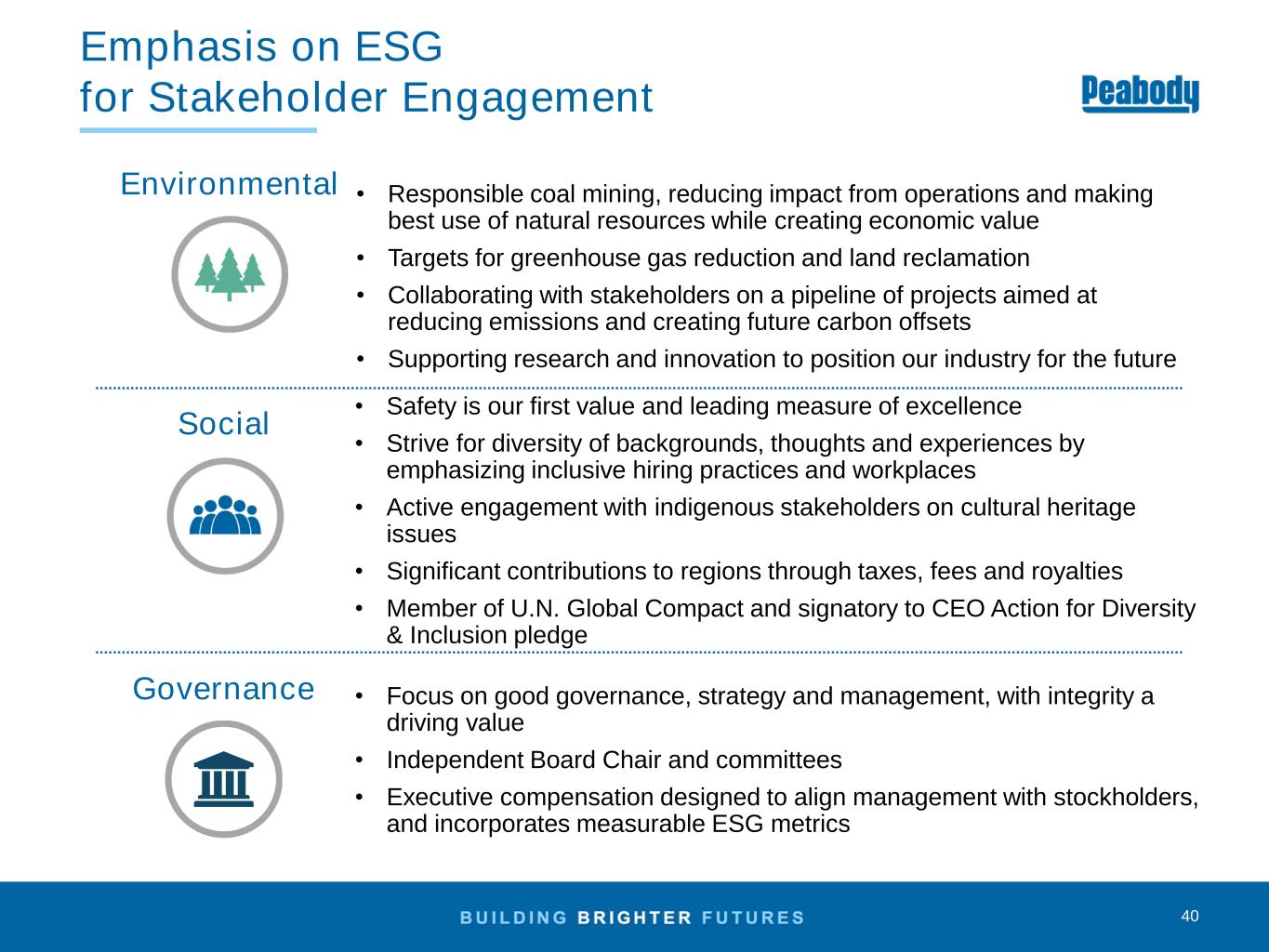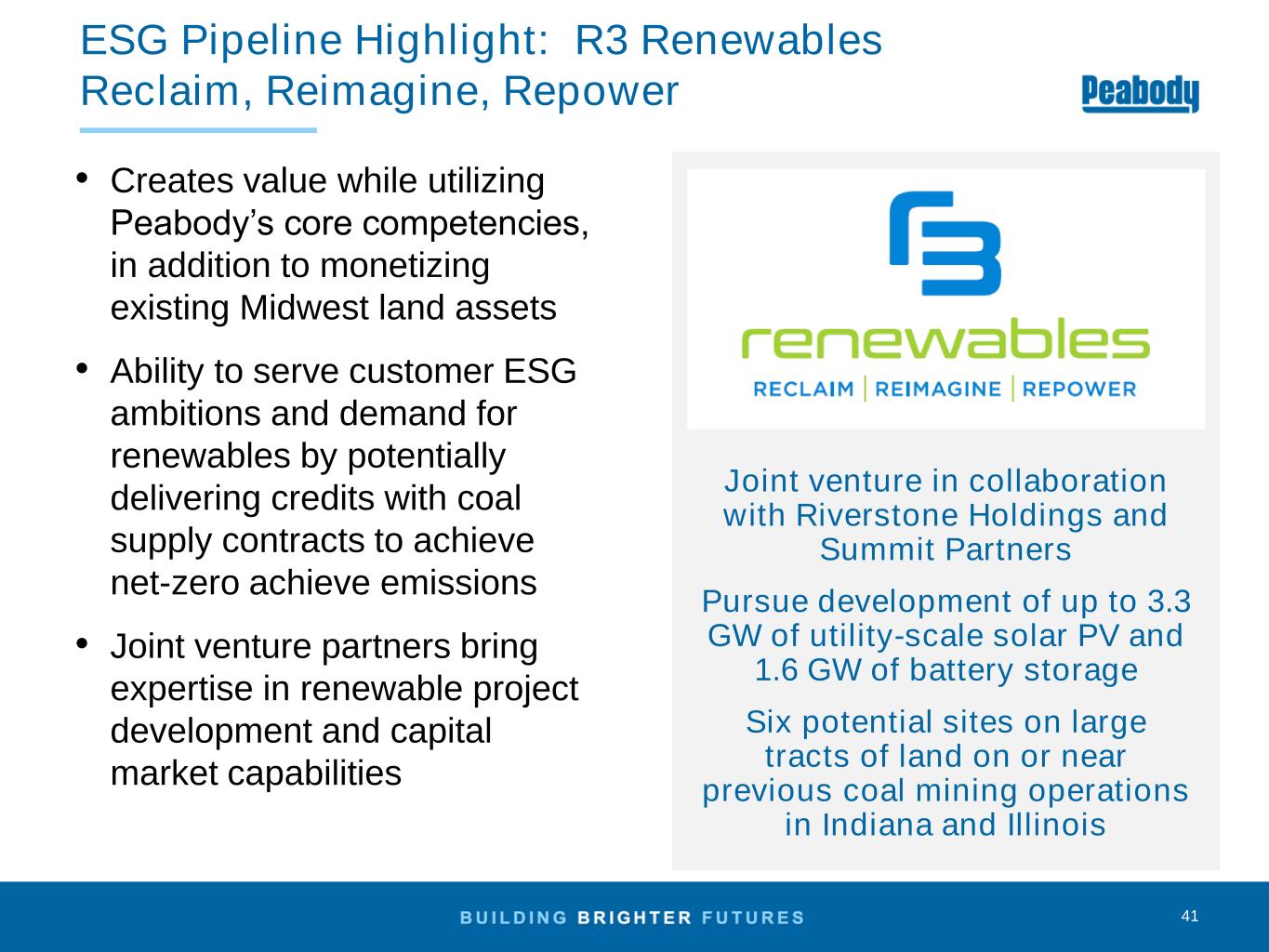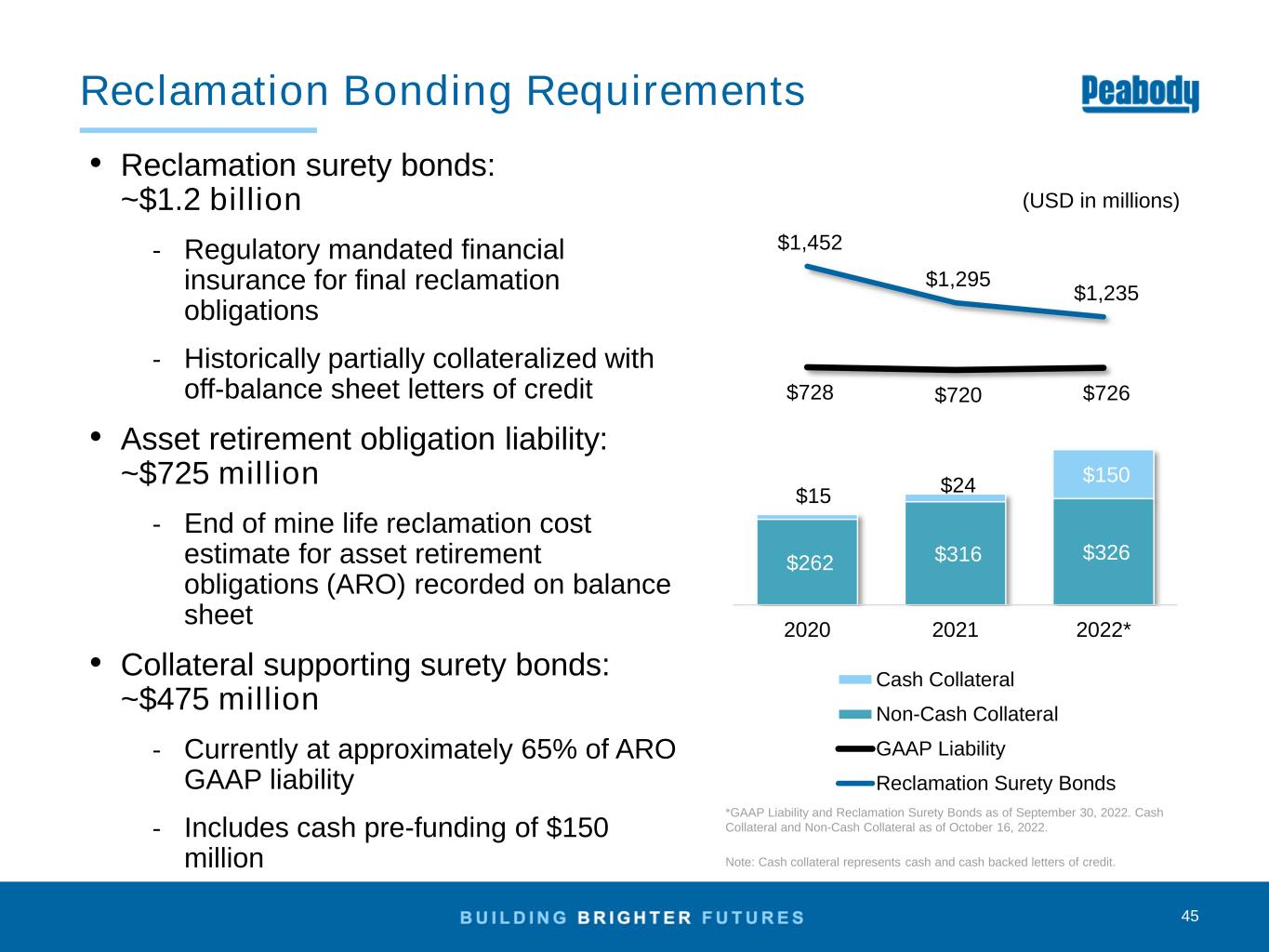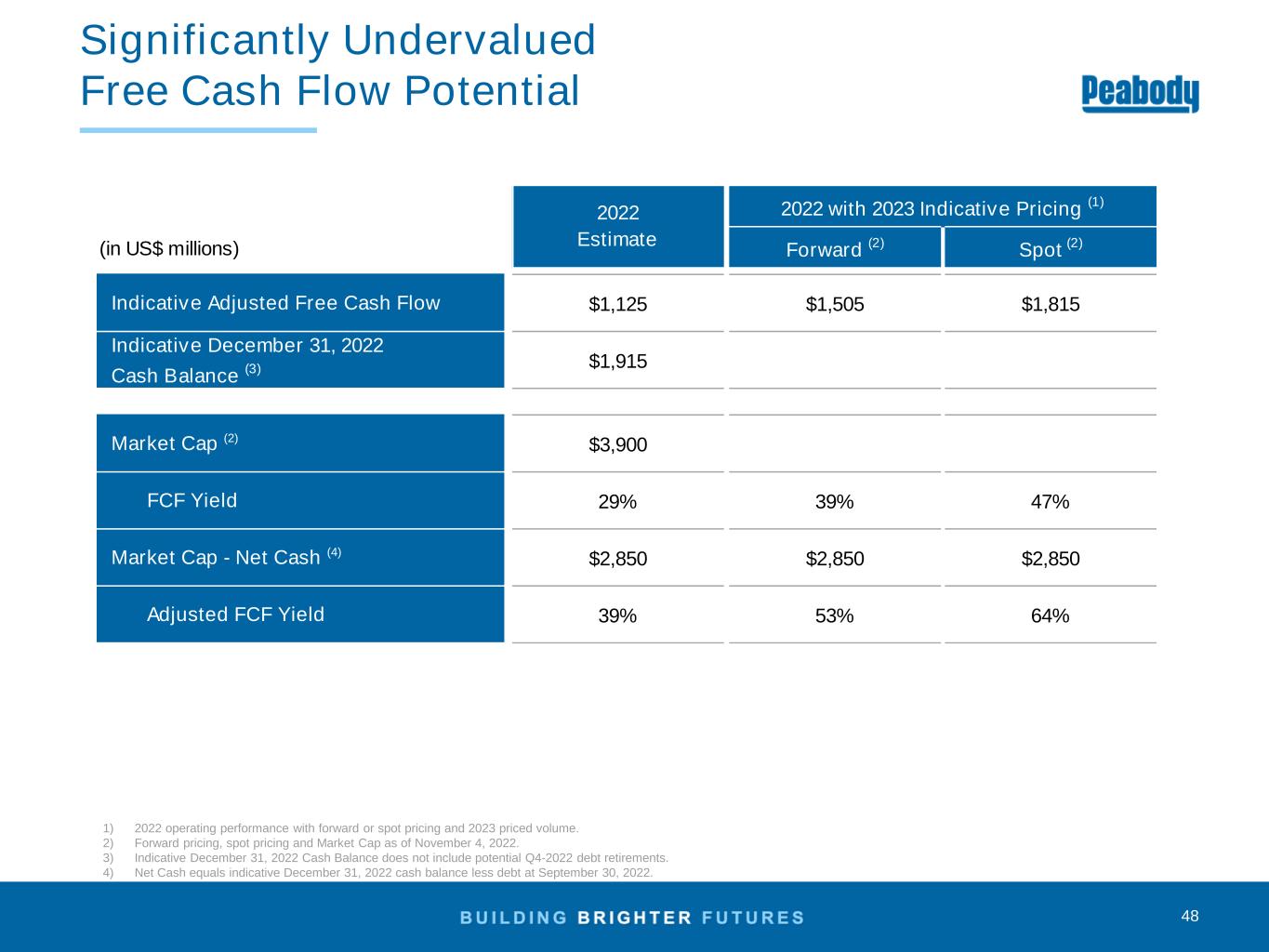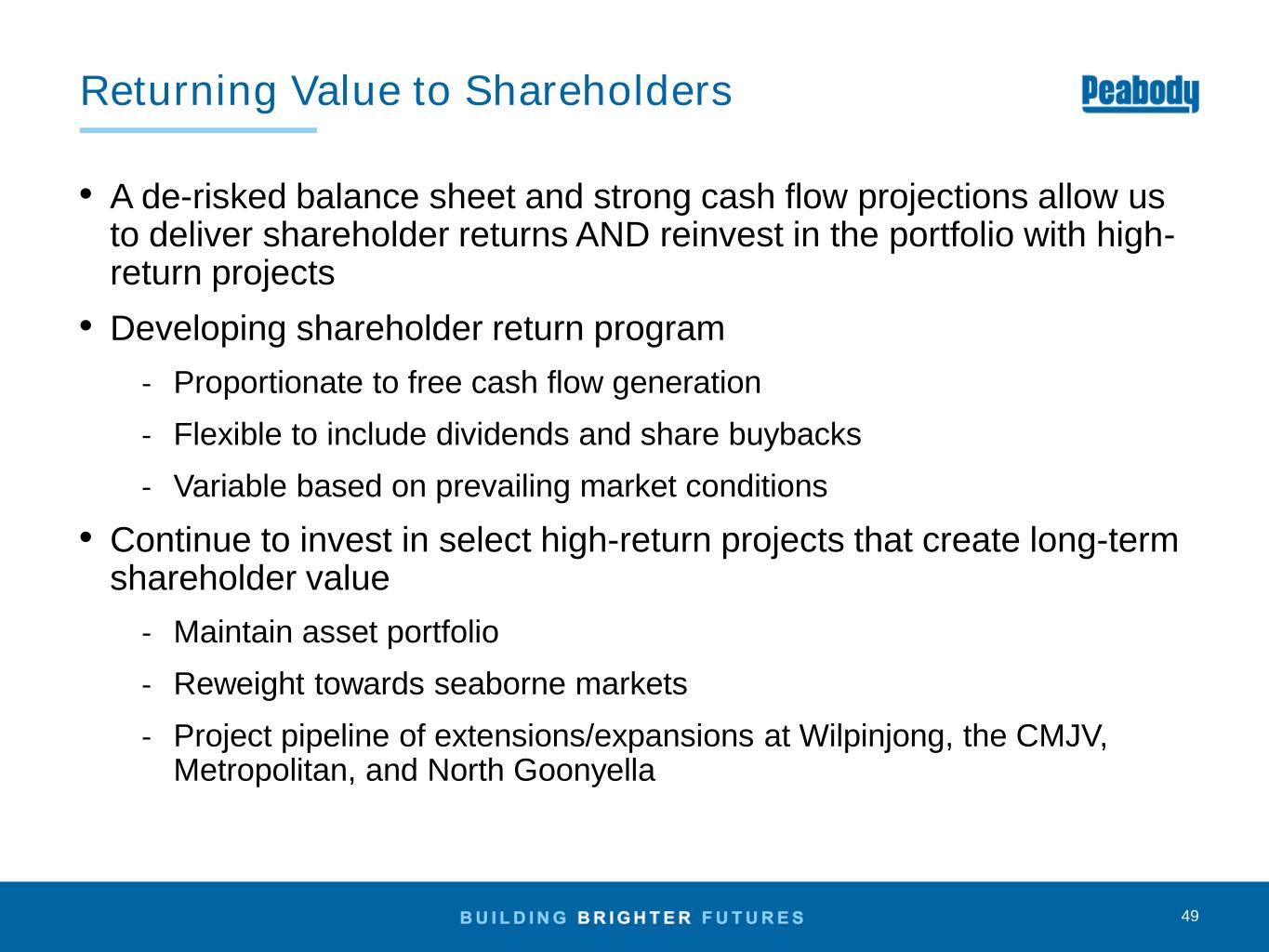M &<+*X(! 7GU84BV4\BY4)^+8K1C
M8>7&20!@=34-K*BP-ND48<]6'K0!52RD.1O0$'!ZFGK8N^<2H""0<@]J?'8WS'':F
M%IO,WEXU.,>M(JNJ@>=P#D87O0!(%[;W/S8J)@%NQ'\S 9!R:7&3DN_7/7'-
M)Y2[BV&+'N6- #I"JA< ?<).#CH:8QC"MT!R#PU-,"L
M8H##.[)X-,#X7 S^)IWD,.H&/K1Y#_WXI @'\0I57
M[W/>@!?,8?\ +0T>8V0=^<=\T8P<;A32#QTH D\Y_P#GH?SI3*_3<3^51A2?
M2C:<]* )3*YQ\W II=LCZTS:?0_G1M.<;3^= $GF/GAC2^8QZN?SJ$#(R1^M
M+T[?K0!+NP/OGZ9IK;202WYTWD>@HSR.1^5 #P=IRLG-(, Y�<^_Z4F1Z9
M_&@"7S#U.T>Y-+Y[=-_'L*APO]U:. <@"@9LZ*P/GG:?X>OXT4W1/^6__ ?Z
MT5E+,4"V93G?70_% !SC[](-W]\4[RF[8Q2K"<\C]:
M $*MU+@TH0D=133$<\$<4;2!]_F@!3%CN*/+QW%)M)YW4FP^OZT .\O(Z@T@
MB]1^M-V-_@"*!E502P4#&?6G%64C.#GN*8&/G#*,
MHSU8U:N%$D<6'P0,'% %8%N?\YIX/'7GTI/(/_/0_E3S:..-^: $&XCI3>0<
M[2:!"1_RU;\J<(_]MORH ;N;KM/Y4F7)/48J3R5[DFCR4]30!&?,4XY8>U*&
M;(W#%*8E[#/U-)]F!ZHH_$T .8L#C\12;W(YY_&I%@4@;L],<57FB,9/S''8
MT 3!F]<4;FSP?KS5(%O[Q]Z:[.#E=P'UI 7\MG ;BHG!SSU]JBB?=PXIH9P,!R,TUD8G.\@_6D!(LY+ M$P;^]C&*F3YQ
M\H4 4VTT^\OFV6]K)/[X^4?4FNAM/!E^^#/-# /1?F(_+C]:3:0TFS".!R32
M%T'4UV4?@NU Q+=S,?5 %_QJ4>#=+ P6N#]7'^%+F0^5G"&1,<+GZFFY7'2N
M[?P5IC=)+E?HX_PJE+X%PV^VU AAT$L08?I1S(.5G*I&[C(7:OJ>!4,LOV>;
M:4$H(!&>!6U>^&]?MR7")M*22Y !&
M>": 2J=-O% R12%!"B@?-S2+D?+GD\FG<]CP.* %<[5R.@_6EB7$6YC\QY)J
M*9AA0V2I8<"K '[OJ<>GI0 @(./2EVC!.W(':HHXRI.2/;%/=M@'O0!&'56)
M"[?49J3S5'8U7*!22 /PIC.1MY.#0!;,ZG.%XJ-KB-!ED.3W%1J1D'@T[[(U
MS&Q) (Z>] #1=PXYR12?:(">C4TZ7*.A4_C3!I]P7VK$S-T 7G- $OG0D97=
MBD,T8[FM&T\(ZK=1KNB6!YD_P%._X1'2=NWRYN="EL\F2V91_?7D#\:J&R@/\)Z8Z]:H1FO+L; SBD\XXSC
MOBM7[)"5 *Y([THM8 Y;RQDG.#TH RS(5(!;'&:3S3UW"M,V4!*G:>/?K3'L
M(6SC*Y_2@90,O;>,^@%.WC."P_*KX
MI 5)SD?G57I@1$.>61R1]*N6\<:$E4&1C#'DBDE;_2E!/)C/\Z
M&"VA0 [<\@$DU.,(I"*%X_A&*@E8[/\ @0JXBBME5G&03QWZTUI)3.)8H^"NWY^,4 6+[)MR1UW+5AF"L22!GGFLU
MVDD4K+*"IZJ@XJ2VL)[Q@+>VDF;U.3CZ]A0 L-W#"\P9^3)N&!U%)//YWE-'
M#(0C[^1C-;=MX3U!^998K<>B\D?E_C6A'X/@ZS7:HX6GB4A&3!.O\ %,?^!#_"A_"]HP^6:=?^^3_2ES(+,XXI
M/*P9I3D<@JN,4XQ9SYDK-Z@M72R^$R0=EYN]!(O_ -?^E9UQH&H6P)$/F*.\
M1S^G6G=!9F2+> '[F?P-/V1*>(USZD"E8NK%2"".H(QBF[N?>F(?O(X"*/QH
MW'/4?@M,W+UW8IL;$.P;MT- "0N560[BHWMTI^]<9SGZU64"4.@W@EB<@<4"
M+:,-\V/0XH LB52P ]\=Z #S&YST[8[4
M"4]#S3MJKW(]*9Y7S;M_U '!H >Z,5^5L]P*?N=(QW./QHC0*.N?3VIQC7(9
M>#[&@"NLSJ6!DSZ9XXJ192S;6&#VISHK@!E!%(4#<% <=* &2+*H.,LO=::9
M <#!5L=ZD"@ E788_NMG%(RLZ<.&'^TG- #8VYZ\5(70<^M1+$5^;@^W(I&!
M(^6-ORH LC##:0/:H2HWX_K2Q!POS(P'O3F+ \4 4LO.2>V:A9OG*'.?0\_
MK5D8.,YS00 <'KW- %,J3G+<=.3D4NYNGS-CTJ>0H@)Y_E3 !G=M&_\ O#@T
M -!RN 2O;![4_P N3;RXSVQS2DMG=NSGL>#32&SR2/0'B@!^U@#DC(]J-I;G
MY#^-18?G(- ! Y_,=J!DQ /#)FFG.W:(F(^M1XZD FD.1V/U% $H9NC1L!V)
M&:D,[H,&(XZ9JOEQSO)'TH\Q@!EJ )BZMR8E)/M0IX(6,_GFHO,?&00?:CS^
MN./K2 DV9ZK@4&,^GY4P7!!S@XI_G$C*G]: $V^N:7RQG_ZU!E8=C1O;'% !
MLQ_%BDV]MU+Y@'7%(67L>?:@!0"!G!Q2JPYSZTBMT&X\^W%"_+D-C([4 2!E
MQR?R-.WANYQ^%1J1W /L#BG;H\?='YT +^>/I3N ,[P?PI-\8',*&EWH?NJH
M_"@!,'&>WUH.X$9'THW_ /ZJ/,//S&@!B8V#@4\8/O35?]VO'..U.W^P_*@
M(]J:<9'%2;QTP*3<#Z>] "97%&01TI_';(I.?[QH ;M]!^5&T^^?K2D$]:,-
MT'% &KH@/[_/^SW^M%&B9_?YZ_+_ %HK*6YM'8Y(YRXXZFF+N##/-*\N';Y3
MP:2*7*C,WH#2^=[4 /+*4QT-(K@X!;]*9YV
M!RAI?.7 &,4 /8K_ 'R*:Z[T_P!;C/H:/-4#.,T@G7^[B@"MY$B'Y#D^QQ4T
M8D(P^#[U)YT8)Z_E3A(AYQ0!#NY^Z<>M'F8R,-Q^M3B1?2D+)QP* (]V.6##
M\*:9$!P2>:G_ '9'./SII6/() H B 3D;P?KVIP4^H]J>T2,>& /7BFB)U;(
M;@PR+\PSCTI)#(7 "D 'J#3S*Z_* 3QWH 9M/WCD?6DV%@
M3@9/%2"3(P:!GD <9]* (8W&X87Z\U;\E)@&=<\X'-5Q" ^[=4B2"(CJ>: (
MIHUAF*CIUJ//&*M2.LAW,M,"(H6,04"3+$?W:B,SG"C"+V!YH&71;N>5EXZX%2*7^ZP(P
M,!@O/UJ+HORCZ
M@<4FXCG!% $A+9Q37(VX8_F*3S#Z\'I49R3WH 9(JL?EX/M3#$3U(/YU)MI,
M$#@G\J (A!A@0Q 'H:D"KW+D?7%*I.,, :09
M'O2ACCIBD [%(<+U('U-- )..<=LUOZ!X7?4\7%R#':@\<8.[?PK]37::?X2L;11)=D7$@Y(;A!^'?\:T7GL]'ME@@C5=H^
M6)/YFL6YO[FZ;+MA>RKT%9N=S6,%U-J75+:V7RX$+[> $&%%9TVL7LF1&JQC
MV&3^M9^^3UI=\GJ*BYLHQ)7N;R3[TTO_ 'T14165NID/_ J7S)/:E\Q_:CF8
M^6(#SU^Z\H^CFIX[R^B/$TA_WCN_G4(9B>?YU,D;,I=F6-!U=V"K^9IPFI^%G56DL6+C!_=-U_ UR
M\"/';^7*C(Z':RL,$+#,F#@[7'W2/452SCAB>3U-:&1+M(
MQUQW--^\V"..M.!YXZ"FXR< _4T"!,[B?6GYP,^E-'K3)NW7Z4##&\KN4\'@
M^]68O]61NR0<'(ZU6*C*JC?O"<]>E65C\M>&))^]D]: $(P::X8G(90!ZT("
M"3NR/2HY^: +"6\:8
MXSCUJ8 DA5&2>@%/MX);J9884+.W0"NKL]-L]&MVNKJ1-Z#+RNEPPO;,?XA\R_XC\JU
M9M,T[5(O/MV0;NDD)!!^O:O,#%4UE?W>ES>=:3-&>X_A;ZCO6L,0UNG_ -:J6:Z#1/%5KJZBUNT2&Y;C:WW)/IG^1_6H-:T*
M2W#7-BN^,8L<%_+O766>AW$B +$L$8Z9&/TKHK/3;>S
M7Y%W/W=NO_UJN 5P5,6W\)Z-+!+>;,2+0[6/F9Y'QU_A%6ETRR(_=P+CU//\
MZT&C5A@BD6,*,"N9U9O=G4J-..R*7]G1HF$5,_[@J'[&N
MIZ&&7;>VH(Z!\?R(KDM3\-30H9+$F51U0_>'T]:]H* @@@$'J"*R+[0HY09+
M7$;_ -S^$_X5U4L6MI''5P36L-3PIF,4A2088'!!."*E4!N1T/?-=YK/AZ&]
M9A-'Y-RO1\?S]17%W5E<64S03(%8=".A'J*[U),X&FMRI 0HD^;&)#P>_%),
M0,$9)/H:CC7HZ=GN#3 <#&?I03CKSQ0!*K\\]1TIS,
M&))X8>]0JE/EGM
MQ]: $5/EY/YTHR!W&/6C$1(&XC%/(4]OUH 9QGH0?532]>A5OT-+\@SELTR1
M%91AU7OGO0 $88 C'U%&WKCFF^:8R5.9!ZXXH6:.3C;M;VH !D#'!I> .!2[
MESC>GT;@TA&1SQ^% PVC^[BE*J0!Z=*"G(RR_P!::V5."I/O0 ;1V/YT[8/0
M5'O&02& ]Q3]PQP<^U #L>I-(5.TX;%&X ?X49![T@&>5D\XS]:!&1R ,@^M
M/_$T \]#0 HR,*Q^4\GVI7,>X?-^'>F,1WS49?!Y'?K0!. K\#(^M(R8/..:
M:CY!(.?3WIX;Y<, 3VYZ4 ,P01\V/PHS_M&I@0PPP!]ZC9%7(_6@! X_O4OF
M<<%::$7H"/RI&3&3QCZ4 .63"CY<_2G"93S@U&%&T'/:@QYQQ^M $N]3_%^=
M+N%0;,?P\4HX[&@"?=[T;F'UJ'BE!..,T 2[R1DGF@-_G-1Y]Z4$#J,T ;6B
M'_7\_P!W^M%)H7_+QQ_=_K164MS:.QQ-
M-KH.4L*X+'.,?[U(7P>H(_WJ@S10!<5PX^88QW!IK%<_Q$>V*JT4 62XQ]U_
MR%,,@+;0C5!P*4&@"P2N?_K9IPQC/S?3;5;.:!UH M;6(^ZP_"@@#L^3_LU6
MS0,D\9H GR Y^IH <2BD@OW]*$(SD$_E29()VX7Z4%F/5B?QH E&X]2
M/Q% #*2<_I43$[NM&XXZF@"8C+=11P"!\N:B8D,3FD!.1S0!-O ZLOX"ESG.
M"":@.@"3=\QR?QI2Z]"U1 &GA&;!]J 'JZXZGBA7YR.E($P,DX^M.
MW=.1^% #]W3FG(00::[$8VC&.]1@2-U;\Z )&8"-AD%LU$97QB@I'T/YBG#8
MA! W4 ,+. #@X/M2$EARK'\*FC/O0 BP(/XF^E.,,3D?O,$>HIIP:,4 *(EQ]\&G+$H'RJ*9@>E+@4#''Y>
MM*"*;@&@J: )@')&210 \.20,?B:7+=@<4C2 MG
MK2$X'#?E0 IYXP1^%*%;M_*FAB5!]>>E!!)ZD'VH ?B2DV\\J33"VTCYLU &
MMX<\/_VBXNKE2+5#PI_Y:'T^E=7?WZVJ>1!@.!CCH@J2YDCT^S2&!0N!M0#L
M/6L,@DDG))ZFN:=36QU4J5U=D+99BS$DGJ32;:D(YI,5GS&W(-V_2E"T]5S3
M@!2YA\A%LI=E2[?<4NVES#Y"&0F.-F5-[#HOJ:WO#VAZ1J*M->7,>I7*_?0@
M^7%GL$/'XXK-M(P]W&C+N#'!&/6NBT+1!HJS(K&1Y&R6P<^WX 5E5K.*M'<[
M<-2ARMLR_%=E9:3#:C2]/LXKV:55CF9 %B]6/TKE&U"1=76"6^AOBXPTL494
M9]^WXUZ5J.DQZI"K7, D,>=F3P"1CFL<^&+53(7E2&(KC"8&/?)KDI2C&;G)
MNYWUYN=%4HK3O_D8.T5-;3R6TF]#]1V-2WD5K%,L=K,TJ@?,QZ9^O>H0*[XS
MNKGBRI).QK7%O:ZW8&.0?0]T:N U"QGL+UK:88*]&'1ASR*Z^VF:VE#KT[CU
M%6=:TU-7T\/#_KT&Z)O7U'XUT4ZESCJTN4X$# ]*:,A3[FEPRDA@58'!!I$Y
MR#S6Y@&#CCUJM*S[SG.#5L=>*'M,DN+E
MU!5I]!7FWB'Q#=:]<_-F.U0_NX0?U/J:M^*->?6KW9$Q%G$<1K_>/]XU
M@;:X:E3F=D>E1H\JN]R#;2[:FVT;:R.@B"T\+3PE/"TK@(J5,B#-*B*:8FC)DX'%=EX6\7EI(].U)\D_+%.Q_(-_C7(RKC-4Y!6L).+N
MC*I34U9GH?BK1&2-[^RC&WK,@[?[0_K7#^7GG))KN/!?B+^T(#IEZ^ZXC7]V
MS?\ +1/3W(_E6+XFT4:3?[X@1;39*?[)[K7I4YJ2/'JTW!V9AB/'>G;#]: P
MY&:4?E6AF(KJO4XJW;1D%IF(ST4?UJM(H9!QSVJ^!B),=US0 L1R,_[1I(F"
M^8S'@.U)#T)_VS5=R0[98%=Q*CM]: 'D S%N[8X/08I2/?N@\/Z,;^3SYE(M4/?\ Y:G_ JAI.F/J-ZM
ML#A?O3..P]/Z"O3--L8\)$B;8(P!@?RJ)RY45"#D[(M:5IB7&&D^2!> HXW>
MP]JZA-JH%0!4 P .@JG%/$BA0N !BIOM<8Z UY=64IO4]FC"%.-D6J6J9O1V
M6D-YSTK'D9MSHNTF:HM=.>F!3?M$OJ*?LV'.D:-%9AN)C_'BF^=.3]XT>R9/
MM$:A8#J:;YJ?WA^=9I>5AR2:0&3LOZ57L@]H:9D7^\/SIIFC'5A6<1*>WZ4G
ME2'L:/91ZL3J/L2:A';7D.U^''W7'45QNK:4EY$UO.,..4<=0?45US6TG<5'
M/I;W$6, ,/NFNFE45/2^ARUZ3J:I:GB$]E/8W%Q;S+M=7!SV8<\B@(>1GFN[
MU_1S?6[IMV741^7/?'\)K@2Q5BIX8'\17H1=T>8U9@1R1U^M,)51CD?2I?SH 9L-&T],4_!I,'TH 9@_2DP"
MN.,^M2X/>D(4_P (- $6#G[OXT8X[T_:O88^E'E[1A.J]/:D."/?TS2X]C^
M=)T P/I0 8R!N_2E(!ZXHSP,KSWI#COF@!P4 ]L]J;M7GCFD!^OYTN>/NY^M
M !@=U!QQS3E?8#M ]J.I[?6DQD<]: )?-)'(&/RI,KNXR#^=1YS[?A28.X$
MOQ0!,.N1M)^N*8^0>=RCZ4W.0>IQ2AF7[K,H]J!B@#' 4_CBHPC@88]^W-2[
MP1DHI_#!H!3./G4^H- #1&0<9Q36C;J)<5,<_P!]3_O"DV9;E?\ ODT@(0''
M5CCW%.P_H/QJ0C'&YA]13=O&=W% $9# C*<>U&\@\Q\>H%2[6]#^=-(*@#[I
M]: &>8N#D$4[> N>,4NYL??/XTH /4;O7/>@!JR*PP.*=VZ\T!E7HBX^G2E!
M7'"J#[4 1CY3ACGCI3NX../>F/&3RAP33HXROWFS]* '#<3P^/8T#>#\V/PI
MKJN/E\SZ#%,\T*,%2?K0!*Q;C9CWI00>QS5?Y'YS@^F:DRXY)^6@!Y !Z$4;
ME_\ UTT2 =\TOF*!G&0: -G00!]HQ_L_UHHT)@?M&!C[O]:*REN;1V.)E;]Z
M^,_>-,R:FDAM $3#I]*2I?++ 8/:G")<8SS0!$PR?P%*J
M$]*GV)ZYI<+CT]Z (T3!.[&*4LF ,C.2/0BAG!SM7!IA?J:7+ =Z;C(HZ#D
M4@';AGGFC?Z4PX/O2[<QI-V#TS0 \L#[4$D]ORIFY2>*<&XZ4 /&3R*4$\ BF;L4@?!Z\>AH
MD8^@IO\ $,@"F^9P>*-X^GUH&/X/0&D([4TLW; ]S3,2$@[^/4# H ESCKG\
MJ,GIG'UJ/;M7N.P_P ^M"VBM(E5C*=S@_W1T_
M7^5<^)K*E!R9OAZ7M)J)D76LRW-P\I8*I/ VYP.PJ'^T9"V!(N/]VLQP\@^6
M)$/KN)J2"*?/)3 ]J\%XZ[/<]C%*R.OT'1;G6HVF-PL4 .W)CZFN@N?"44&F
M2E)&>=1E7QC\,?YZUJZ1%#8Z?! @ "J,X[GN?SJ36KR>WTV22QB,UQMP$]??
MMTZUTQJ2DTKCY(I'FNJ6]YID<.4A6W$!EW <"JQ$YTM;W,XQC)FNFK2^6/O;L=>*
M4:LP&9"P]^*QMCEL>9(%_6HWMUA%]-:^N;341:V4SP%
M@58[01N;C^E3*K*JM.ATX54Z<[-;G32ZIXH@@'D:F;@XSB1 6_ D5RMQJNK:
ME*ZWEY*\B/&BY-NVAT)OP&QY
MLA/J*U] UA6N?L!5D
M 4W*1U%5&C:W)* A3Z5;!(]:7.1TH&5HW0-NXR1@GO4ZKEL[\@] 1TI-BD\I
M^E 3;TR/:@1K>&K(76KR*PS$BAV_H*T/&VK&&!=,A.&E&Z4CLO8?C_GK6GX;
MMELM'-S( IES(Q/91T_J?QK@=3NGU#49[I^LC9 ]!V'Y5S5YVT.S#4[N[Z&;
MLI-E6!&3T%!C(-<=ST"MMI0O-2E<"E50A,
MC;&"P!8_X5Y9'K%R2'"L5W8!/R+G^==%IVMZJS)";LQQ]EBR,_CUKFJU)OX3
M>G!=3TG2/#(BU3[.@0^6.6P.]=W'X>@0'(X(KBO"5XMK,-YW28^8YS^==X=8
MB 7 ZBLX;799:A(&9JWIF
M4C"G6J,B\UH3'K5*3K70C)D,-Q+9745S Q66)@RGW%>K9@\5^&0Z@!I5RH/_
M "SD'_U_T->3NM=A\/M3,-[-IKM\DP\R,?[0Z_F/Y5O1G:5CDQ-/FC?L<\RL
MDC1NNUU)# CD$4 [<^G6NC\86 M=8\]5Q'@K'E%'4\X]JTI!L"+Z1K66K#.5(W>OI6M<\RX_V13 J&7:A1<%BQS["D\L
MMSD9J([3,S)G:3D9J4$J ?Y4 *(F7D@?G4B##%F'W1\OU]:C\W@YP<=JV-"M
M_MVK6\>P&-1YC@]@/\B@$=5HEFFDZ/YLHVR.OF2'O["M6S\5Z9'$$:*X&.IV
M9R:Q?$MRP@2UC<*SGLKCG)/\ N\UQ/%2.M11ZPGB'
M1VZ7EO\ BV*G75M-D^[=VO\ W\%>0/-B\7[WED?3BI5U-D.%DN4^CFJ6)3Z"L>Q;A_(6/4-S^@I-S=*\S/C#5U.
M#=*?^ #_ I1XTU<'F=?Q04>VB(]+);UI0S#_P#57FP\;ZJ.LL1_X *E7QWJ
M7<0-_P !I^VB,]&WN/\ ]5'F/Z#\J\_7Q_>CK;0-^8J=?'\_\5C$?HY%'M(C
MN=#K5L6Q= <\!\?H?Z5Y=XKTMH-02\A&(Y_O^S#_ !_QKM#X\66-HY=-RK#!
MVR__ %JI7T2:IHK[5Y9-Z@]0P[?TKT,)64ER]CSL735^9=3S\8&.@_&E]\T;
MAD_*,4N,UW'$)@@<./Q%,._/&T_44YA],T9]_P!* ,W<+GVI>>U)2M&QCU(^E*%(]1^- "%0#_%^-'EG[RC/XT'.1^-&&R"$7![YH
M=M;=D<^U*-RY!89]*0'OG&.QS0=H;)_44 &XYP3^%+O[ D+ZD4 IUX/Z4%%.
M ,?0&@ W D]./2@D#@4-&N<@'ZTW!XY)(]J 'AF/H*3()XY'>F\ Y(SGVIWR
MG.,?@* '94\=#0,8S3>#TZ^HHV$D\O' 1_
MP(-,I0<9QP?44 +M8#[LH^J4NUA@\@'U6F;B!DDG'I2JQ/=OI0!)Y9)!!Y]
MAYIZQ(P.]@K#^$J:BWN.C-],TP%RQ)F(_'I0!:^S1J@(P6/89J,VH) =2*B)
MDP"92/7FE+''5OSH <+%,9SP:8S;N](#FD/7IQ0 9
MQ1G X-(0:3F@!2?4\4F>?:DQZT# ;WH ?P!_]:F@X[XI2>#V%"X)QP: #<3U
M/%(QST-*1CC--(YH .1WI=Q]:3&/>BF N0.03^=+G/%-&33\]12 "1VH'7UI
M"O<'\*4E5PN>?04 .VDID*<@]J0?*W*G/I1ED7+OM4CJ>31A
MS'B ;F/XT *Q'WF.%'6HFNP3M@0N1T/I4T>G,YWW,A)_N+3[E4AMB(5"@#DK
M_C0!G$RR/^\#$9Y&:T(;B.%<) %]2#R:R0:<#0,UC>@G_5/1]K7/^J>LG/O2
MY/J: /1_ \*RQW5[L(.1$I/MR?YBJ.N2FZU>=]P*H=B^V./YYK;\()]F\)P2
M-_%OD.?J?Z 5RY8LY)VDDY^\/\:\'.:EHQAW_0]3+X:N0@C(QG;^=:>D:7<:
ME>I%&H**07+=,5G=#@K^3"K^EZA=6-R&L\[VX('.?PKPH-J>@:;#JL:U97+V\EM =I W[#@9&><&
MJ5QX_P!:EB)0PQ_2/'ZFO5=:+Z&JP\[:'87FA&^W"]N@(<_7$Q.2T<3<$>E:6DNT^G1D1-@'
M;TK*M7:A9$SH*L_,HYCQ^%9^JS[+/ 7AF"\5Q4
MX\\[$,@A&#C)]#R*Z[2;@W/AE7*;U3
M!9 >E9>J\;1--!YJ*PYVXQD_E7/:U+Y!E8'&78_F/_KBN6@_]OE==#3?"
MMKN-TO5E@N5MI<&%V*HQ_A.1C\#FND\E6YV)SZFN"EA,9M4;CS&9#[9''Z@5
MVFC7WVK38]Q'F1CRW!/.1Q_]>KS"AR^_$Y(2>QV'AF4BWFMR -C;E /8_P#Z
MOUKDM:MVLM8N8Q@+OW*,=CS_ %K?\/SA=4V!L[T(Z]>_]*J^+X]FJ128X>(?
MF"?_ *U>IEE3GH*_30\?'0Y:K.?#9'-+@#H:3/-.X/45Z1PADTM)@48H 7(Q
MP:?#$T\\<*GYG8*/QJ/%:?AZ+S=))A8^'FAC^7?MA7
MZ=_T!KSW;70_$C6HM-6RB=T!(9R&)SV P /KZ5Y5=^(KJX1FB+[%)!(.P"O+
MKU4IM=CU\+3_ '=^YVT+1Q3H7PW(X)ZUM:FNERZ6VHI)';L6 %MGH/[V3BO+
MH+G4) 620IN3@Q\,?Q;K^&:NV^DW>=M-P0<[9;U'52MRH8_)-QGT;_Z]9=Q-NS4&I*;BRD13\X&
M5/H1R*J6=U]KLXY3PV,,/0CC^=$58&[CI3DU6<#[:]#\/(+?P_$YXW!I#^9_IBI
MF[(J*NS$U:03ZE,QY .T>V.*IJ P'*G'X5E*3@YW9]J5A\I6,9( VC@=*:$4GYHVJYNR,FDR",9)S183B5@D>XY&13MD
M1_@;\JL C&2Q%(6 Z-^%4*Q5,,796S]*#;!NA(S5@L09AB(7
MILY_5+<6FHW,(3@.2!['D?SJ@.G<8[&N@\5)Y6IQR;01)&/S!/\ ]:L(KO.X
M>E?1K8\9B<'K2$CH"*0\'H11CCKF@0X D\49 ..]- %*R<>E #L@]J;Q[T*,
M#K1SU'(H 4,.F/QH+,HZ _C3:3<,]?PH 4SX[&E\S(R:;A6[4NT#IF@!Z_,.
M,'ZTC87.1C%-Y!S2[B3GCCWH 59%]OQIV33"^[K@?04OS8^\: '9'I2@^F?S
MI.O4T<]S0 XC<,$@TC*& ]O2D'6G]J ("C]MI^HJ1%!�\TO..M "M&" N1
M[FH&0J<=:GR,#CFHW4YXS^5 $..,[6Q]*> ,'.!Q2_,,G::0$D].: #!!XS]
M:4J>S'/K2!@3R30=AZ=J 9 Y()_+-*0,>@_6G8 &=N#]::22V5[^] #1@CA
MNM+DGT./>G#)()3=JJ/8T !( Y% "G(!Y]Z-OWC@CWS1DX 8'\J
M$.0<8R!3]X&".#TYIAP1W'TZTJMA=@Y% P(+#[@:FE%(^ZR\GY4N3P3THQZ4*0/QH !SUR:#U[_2CZKF@'+<9!_.D 9.>,@48 VTGFG9]>M)U&3@CT-+A#SG'TH ,J3[T9(Z\_7M0,
M8[49(XR.: %RIXQR*,#J2?:D ;T'Y4ORJ,E\4 :^A@@W' _A_K11H1'^D8;/
MW?ZT5E+6Y[C\*Z#E$[?C0>*<(\?Q@"'R7;^("G"!!U.34F::SJO4B@!K1)_>8?C2#
M:O'/XT&4$?+^HJ)W8T 2&11T7-(96QE1BHF+#IQ326/7K0!*)&YW-^E)YH(Z
MY%0Y;H3QZTN,9% #MV>AIN6(&^*0\#U% #<
ME3QDBEW9[8-!/I24 +^%&:2CCC- "_C2@9'6@8(/-*<8]Z (<$4A0@9ZTN!
MQ@TN_;T- ",00*;@ ]Z<7#=5YI,J3SD4 )C-*N,?7VI,=<&G*>.30 # I=N
M.0:",]C]:3D=Z #]*3\>:7(]0::2<],T +GBF@>YI/,']VD#,1Q@CU!H >.*
M"J]6S1R1U I0-I&[\Z ' *R\$@^U+M !;.34;S* 2S!1^I_"JXEEF.RWC)/=
MC_GB@">1P!EFVCT'4U<DC%+:,L3_$14\.G9.^X'-1V[%H26;))(S0 Y7$@RA)7.*9,I,
M,@]C4$,]/$'JF*E(@!GD_[%-\M!U6G>:WJ:%W2OM52Q- SU"R7R?!,8''^ADC\5_P#KUP^SGGK7
M=VB[O!J(W.+,@_@M<4PB!!"YY]:^:SG^)$]G+[^M]CO90U+08+&TM5223SB"'D[N/<5DQW42$V\JE77@9'WA717<[WM
MO'L=950_*P/;TKC=8O$MU=58;V. 1D-5UHR<]$>KAZT52U8S7 S6,PL[,XZ
M[XPV6^N!_.L_25VZ;%L?=UR1V/I43W^NFW:,QRRP8R' ]/YUC:=JDMC*4VK*
M2VZ53]>@IK#3E"YRXO$1=D=3ND7_ ):L!]:JZQ+(=*FVOO*+N //(JU9WEM>
M+@+ME !=/2I)D@DC>,QM\P(KDA>$TVNMO[83Q/ QVG/!'8U3T.-[?3%B*['1FP/3FN!YF_JUOM+0]O^S8
MU)N2V:T]2P'^S:C#*C;U6W:%PH.2<=JY#5&^T216Y)\QKC8R]QC!/\JZ[Q#J
M AN(I89(QOP\D> 6)_I7(6P^TZY<7I&MW5CY^;<.:
MGT(=93;*K#^!E85IZ%Y8U"97+!9D61:]?$0YZ31S)V9Z5HGE1ZO;E0^[)'./0U9\9K\]FV.H62^@<_RK+)_X3]7^2.#,?C7HH^,HY)-9B2!=LC0#?-C[J[FZ>_6N-U
MJV6-(H8Y'01Q.QV@,S9P">>_4UX]9>^SW,._W:*^E6$]OIL$ME(A+H&*R+US
M[CFK$^ISV<3O>6,@ &0T7S@G^E7M#CQHMJH.=J;<^N*OF+VJ5IL69=K>VU[&
MK0RJQ(R5SR/PINIJPTVY 7PT^
M\=T"GS6E/RICMN^M#DP2UT,ZQUB#2].N(R/WOGG8O4TDL]00',,H#_[IX(J78:+9C/I431'-:48
MAG4-$ZN#Z&AK;VJD[DLR'C]J@:,\UK/![56DAQVH$>@>$QYGA&!/:1?_ !XU
MYYD=37HWA@>1X6A;T$C?^/&O-@1GZG\Z]2C\*/'K_&_4)SA":ESN"\=,U!<'
M"8]:M0 $#@]/Z5J9#E.%QPH_5:\X8_Z:OU'\J](A._PS&?^G4?HM8U_@9I2^-'-JI)^
M\<>]*H0/D#)]C3"<#DFFEPJLRC) S@=Z^4LSZ L&,8X!I0%QUP?I4K:CH.G:
M=I\FI_:_-O4!!B.=A([CZTV^A2"=5M;KSXV4-D)ROL>:ODDM1K4C)4\$G\.*
M<'1ACG\ZC$T2HP82;AZ$4U!%*+'\8]:0]1@@ 4&YM@FQHE'JP
M-5WN+500,D>I:GRH.4L[QCV^M-+*0"7 /M5!;K7E/OP*VCA
M)-D.<49YOU5@!"">W?-3)/=7#XCL64_WF7 K35(8/]7$J_04XRL>02!73'!I
M;D.KV*0L+IDR\T22/?UI"P!W&MXX>FNAFZDAO
MV&Q5MWDEV]78FK%A# FH1.D2*PSC ]C4!?!R>0?:I[ @ZA$,'OU'L:UC"*:L
MC*I)N+N9?CG*RV)!(RKCC\*YV"?H"#GU(KH?';8EL1[/_2N3$C+@J<&NV.QY
M;W-7;N&01GVZ&HF!YXYJ.UG!&QVY[9JUD-\O?O3$09QP11O"] 2#[U(T8 Z\
M5"1@],T +O'*M@4H?:>%S]:CP<\#-.W#T- #@WKC-&..* 'Y_R*:7&,9(/O32?8TFX#DMCZT /5OIGZT_([XJ+
M*MTZ_2D++TR#0!*3S1NQZTP8[4H/."/QH "2>G%)L[Y.:6C)% !T/.#]13
M5! P.GK0 WGKL#9':A8WQRN!_*E9,]R!ZYI0TD:X!W#\S0,,$'.?PI>,=13,
M[R,9!_E2E&)RH+#VH > &R6)SV--("\]:0*V>>E.S@X#9H 9V^7OVI0BN0&#
M#W!H)^F?>@[MN1@^PI *4 . 0P[9I,$GCC%)EARRD_0T8.G%0YQU!-*&)X6@"0R$CI3 P[KQ3=Q[T9&,"@!P8#H*0G?VZ4W&
M#WQ3AG'% "<^N:"0>#P:">.1BFD9Z\T &!ZFCZG-(!SQ2_44 Z^E*6^7DTW
M )I1Z C- "$%L<4AX^M!+^HH[9)R: #%�&P.*<&P.M # RY(/6G *>_%#;
M22>,GVI.,8H 4JH.0U'?U-( /6@ Y^\* '9P.GXTN/;-'+#G%-SM]: %W#\:
M-P'6F!LMU[4I;( _I0 NX'H12\ \TS(/44W(!_"@"8.JC)!/L#33(&)(4@>E
M1G.=V"1CM0&!7()/]* 'X[@T;ACDC/I49/KG\J558_,B GU- #OE R2,4P."
MV(8]WT'%2^3P#(Y;V XJ)VN9#Y<2@+ZK0 U_D_U\F#U"BF"6:X;; K?7_/2K
M4.FJ"&G8L?[HJXH6-=J*%4=A0!3ATT9#7#%F_NBKZ*D:;4 4#L*CEE,<>X+G
M)Q39S_HSX'.* )0V1N4@CG&*CMW=XPS\DD\U6BFF\O"1@J"><4D4LD?[M$R3
MR : +P;#56MR8I6C<\.-RTGG3[O]3S]#3'EE8*3"1L.0PS0!?'11[5%5(D4?7@_R%=%;V\5HL
M@C4#?(SGZDYKR7*QHLF2,-L8?4UQ]Z]]J-[>10B9PLDORIR <@?R%<%:FI)7
M=K'IRV.@\/M'+HSQR2&.7>H#@X/(Q_2LK7-*6;3A=QPQW,D!+.TP'S'H1\N!
M^=(^@ZHT2@0NH\P-]X#OFM"PMKNVTZ\LKQ5PZM*F#D#L1_(U%/DA6PHN/#\.GVT,DEPJRR1AR IZ8_,U?UE;
M?^R-*26)W,RC(CP&)QQ^55]?L]0GA 83*824"GNO48_E6DY-5$TQ2BGN36&B
MVUX9;FVO275%^= 1MYYR.M6D;RY9+>63S'B8J7' ;WKFO#D]Q9R3RIYGEA&+
MHQX/&.?QK:M"]SIRW6T_),XE8]P2"*56AS4N;J.%EHCD_%D CU7S4&1(H;'J
M>_\ +-0Z'K-RL@B#,9U/!W %AZ'UK7\3Z>9(UND;(4A67/3K7%S-)!<*\8VL
MI!!)[U4(*K136Z*C+7E>QZEIU[)>6GF$DNI*R-_=/ICJ*LHTRSH.@*;L@9 /
MI7-6EU*CRVX;$LBJQ=> XX-;RW3+3G YX^M9NH6H33O+W;F&26]Z^F>L;'C/<]!\'337E
MQ'++&4(C+8/Y _CFE\7R[M3BC!X2($_4D_\ UJM^!$,FBI=LN#(BJ">X _\
MK_I6%K5S]KUBZD!R ^U?H./Z49?3Y*7K=GDXV?-492[4E)G%&:] XQ&9M0A@-QY2"944X)7O^AS^%>,2>*;EKVXN/L@5YG4N0Q!"@ !01
MTKR,5[LSVL)*].W8Z_P_ !IGEJV_RY'4GU^8UI/&L:,[D*J\DFN#T[Q?IJ1.Z1PY!\M1\K?7UKGYSIL='JNHSW=K-_9
MR,T*C[ZY!<], ]@?7.?2JVD:!<79D^TN2F[$C(W[OC^%![="36%<^*]0N]/C
MM!Y,21N#OC3&X>F*TK/Q=K$A00BV"1)MV;/EZ=:7,@L=O%91P1K%%&$C4850
M,4YHT3&\A<],G%>?/XKUN*)XC<*X?.YPN2N?2LU[B>X;?=S23%OF&]SC/M3]
MHD)1/5Q K#@@_C2B ,>,'%>9VGVH"3R)[A"Z%6PW4?C5S2;ZYT>5IDFF(8 ,
M7^84>U0^4]#%MQTI?LU<]_PE%\P&V. ?134O)
M8-/MS-.V!V'5E8'#+U!_"NKTO7;74 L4Q6&Y/\/\+?2N/(EW
ML<#;GY>>2:SY_,1]S9X_2B$V@:3/5)+?GD"JLEMQG''TKS=A]ARP;TKVX*R/!F[NY&X>1N!
MTZ#-7[8A0H+ '&/QQ542I4T(4?O%^]ZU9!,#\P(YSTQ5I %C Z'O]:JH<$@@
M'<,\U94!5'/XT 5)!B\5L]6!KT;0C]H\/QQ,>0&C/YG^E><7'RSDY]#7<^$;
MG='=6Y/*L''X\?T%3-71479G/O*BEE(8E3@YIR7R1H]CS62[/L!R<5\M*+A)I]#Z*,^:*?K-MI0:15DEP&Y^6NBWM+)!'0N/?ACR0N/7I31<
MM,=L9,C?W%'-:$.EV4/!!2.>PK1TXQ6B
M)4G)D>E7$"M$J8$C(0<@X)JWK!D:V7#(WS#MW[5EV5U&O^H3<%SAB/SJZ9WN
MU^[M4'J:TAK'4B>C+_F%+7 .F.]#-M4'
M/X"MK&1.)&!Q[U663?R.E.9R0?ER!Z&F!*9/0_2DWD' _'(-0;E4
M \C/M2!UW9$E.X6+!;C((Q_O8J_HX,EYN(^ZI/7\*QF8,WS[<5O^'H@+:28
M .V!CT%7'5F-5V@S \82>;J20@!O+B&5]R3_ /6KDV&UL9XK;UB87NJW$P)X
M*;V!SQ2;"K
M?*21ZFG<]U% #"ZJ>H/IBD#ECP>/3%. 4G&%R>U!^0\"@!W([BE!YINX,,T@
MZY#G'TXH FI..F:,@CKFC)Z8H .AI"GFHMQ7K2[^AZB@!33<'/'\J7<#VI>* $P1U_2E5\L0.E&[
M;]*=E3Z4 +D$9Q28/K33@]SFC.._YT .)Q2@_A4;/&3@D?E3@!C@\>U #\^]
M )IF#V.?:EW8H ?QW% ('W>/I30>XIQQP>RFI!D8V[0M(K8.-Y'?Y>* -30B#]HX_N]L>M%2Z(P83D$G[O7\:*REN;
M1V.4)4NVYL\TF% (I'A&]CMQD\XI0@_"N@Y1ORE3\V*:Z?+DGFD=L-TINYB<
MQI,D4N/]JG >I% "!VSGMZ4I.>>133Q2
M;O4T .'-&<<4T$GBEP<_>H "U(3N/%-*G-2(#Q0!$0PZU!'K0 W@'@49R.2@#?I4@C.,O@#T!H B&Y^V/8&GB+:/GX'J:22ZBAX3Y
MC[55,EQ=-A>GIT H LM/!"#ABS5!YMQ=';&N%]JLP::B\RG&^Z01[4M5K7'D9'J0
M?:K&>* (;MB+1D9%11+YC:4B'7/S'^E,"[)<11*)"W##*J.M9L]W)-
M\H)5/[H_K43.70.!"V,D#)/QI7'[IA[&FDYM?^ B@""?J].'^
MN7ZTR?G?]*=_&OU% &EH-Y]AUJ"1CB-LH_T/^0:]%D'&>*\H/^L'U(_2O0_#
M^HC4=,57;,T.$?U]C6-:'-&QOAZGLYIE;42J/\XS'*0#[-VH\-+O2ZN","9]
MP(].@_EFLSQ)>75O23>?#
M&L>-^2SM@8'I[UY9JVH2V]X\,:LTD1(!'\*YIL$VH7;NL,L9*@9W$C@]*]JM
M0>(DIQ9HTV=;)IWV%=5N,KY03C\ZNVUM(/!B6L*@S2#S'!]">/TQ7%
M+%K#)R(#SW?K4RQZQL^;RE[8WUWT>:$.21*C8W;NW-SH00U7;
MG4+F>U-O-(&&G6[JL<8VIS@
M')XK.GE+4K\UK=C669Q2?NWOW*D]DDGS(\L8[%&JE]@N9)A MT9?,.T(Z@DD
M]!GBG7%W"L8ABN! QY^0_P"-=%X#\.32ZHVL75TT\,61"#_$_K^ _4^U>K&-
M[)'!5J:Z+Q7J0N+Q;*-LQ
MP\N1W?\ ^M_4USX8#N0:[H1LCP9RN[B@#N*1W4 XX]S44LP3J?\ Z]4I9VD/
MHOI5$DDUT>5CZ=,U6ZT9H- "4"EQ13 ]'\(W::GX>:TFPYBS"ZGNAZ?ID?A7
MAWB'3YM(UZ^TUU(\J3"DYY7JI_$8KT7PKJ@TS6$,C;8)AYA_/\ F:M?
M%+PP+RU37+=3YMNNR<+W3LWX$_D?:N#&4N:-UT.[!U>65GU/'7ED4;O3CFG1
MQ33?*BEL\U ,";>_/M4C7S#I4E
MSK%Q#&\*G#NV2P/\JS<7FD#*P+,YVC
MY>XXKTCX3:(TNIW.L2+^Z@7RHCZN>I_ ?^A5P5A;2ZA=P65I'OFF<(BCC)->
M]00VW@WPFD$9#&%, _\ /24]_P _T%=F$I\T^;L<6,J] QC/.*]E*QXSU(Y8MHW
M+DK_ "J6S?*D'G!S^=./*#K5>'*7!0]\BF!?)S+C) J[CY!WXJBK$D'=CCTS
M5J)]R9)R>] %2Z&'!]0:VO#][]CU.UE)Q'+^[?Z'_P"N!61=#D'TI8;:*^5GZ_SKB%=>=V#@<5Z-I5S%KNA-!/\S;/*E'?IP?Z
M_6O.+VPN--U&6RGQE3PV/O#L1^%>)CJ%I\ZV9Z^#J3L2*6DN 5.,'J*OM
M>"&>/!P 1G/>J,OM2R;$CW2H!A@ 37/2BSM>B-V6[E=& 7&.20
M>#5JUG=X@2N/8#FJ*W"-$JGY.,#/(-3!RJ?,NT]F7YA_7%>@DCG;+D\\-Q$R
M$MSQTZ5DZH&:, 2D@>M6Q(,\/N'KN!_G5:Z.YAEA^5-I- FT&E1[;;&>OZ5;
M8LN%P,>M4TQ&!@X;TI2^3P
M9^\PR\5 ).<@9I&D;LV3Z47$623(RH,,S' &,UUEPRZ1H) (#)'M7']X_P#U
MSFL;PWIYGN#>RK\D9PGNW_UJB\4ZB)KI;1&S'%R^/[W_ -;^IK>E'J<6)GKR
MHY\J4.13,_-TJ7(Z5&RX.M "[<'%)R./UI&.?XJ %
MW#GUHSQS2(3G#'\Z=[C!H E#_C0 _#^HI0..>M-,G8\4H()_P * #;C-(Q(
M'&,TX,%XI&(% #5?/0TO..1N]\XIJR DC ';D8I1@D\T /#.#TX^M.W?[-1D
M@'K^E&XY[4 2@8&>?SIH'!^4FCQS]*4DE?4TS
M)V\@>W'- #@A;H0/J<9IQ!4;6 4_SJ,$'@X&.Y%/\Q1UYH ADCD(RA.1^M"F
M0#YAV[5.&5C\AQ]*0[U.(4_>SSZ&@8P2!3C>/H>M2[U;L#[TIC
MC=0QE53Z>633%BE))C4./RH V=#_ .6_3^'^M%,T,,#<;T /R_UHK*6YK'8Y
M5]P=QN/4T;F..>E-E.9&YZ$TW\<&MSF'MD]ZB 93UX]:> ,9�D?_6H -SF
MFDDD9IV1CK28]>: $/-)@FEQF@ ]* $R:,^M'/K3@V!0 !6ZXHQS@]:4L2O>
MH^,XS0 _!'6G*V#47H,TX!>22AI,4 +T^E&?>C%* #0
M #%(<]J7&*3;DT (":-Q (P#3BOO1D#MF@!!SV I0!03]!3<]@>M #SQTI,G
MTH"M]:D"B-=TA _&@!B_3%/,>>7PH%5Y;Y%&(UY]:IR222GU+B@"5# ""=S?A5R&\@7@@J/4+6:W6DH V3?V_17(
M_"A;VV!SYA_*L8FB@#1DN8S,SJZ]01FG?;O]N.LRDH T8[A(]VUD^;KS4GVW
M_:C_ #K*HH U3=Y&,Q_G37N-[*WR KT(:LU0"0#P*?Y:9^\* +D[F=LN>/0-
MQ4!CCSUY_P!X5#L7*C(YZ^U.\M?[XH D6-<_? '^\*L11K'@I]X]ZH[07VGU
MQD5H(H0!%Z#B@"XCL85SUY!_"A3B2/\ WJ:GW"/1S3NC*4/TJ,
M,JF,$;HS@;1TK)\-Z[]@D-KZ/2PN)27)+8XRT74-0DE>.ZEMK1"L/?S
MW;)%!POGMEVR/3\:L^-+^2WN[:%3\NW<%/0G/I[ 5RLGGQVXO9(A(LLA +'O
M_2O#_LWEG?FT/24+/5Z&?'8G6]9NU$VP*"Q/J,]*KZDCV-Q+"DD4N#@%N,\<
M5:&I2V-P[P6?E,XP[)C)_#-4;B.\U5VE-M(?FQNV<$8P/QKT$E!69K?H5/[2
MN,#-M%GV>GKJ-T7 ^S1=>/WE#Z==(V#;L#G!&PC-6(=)N2&"P;FP0!@X'UJT
MF*Z,V"[EC\Q65@">"'/&?2K5E$+A)V*J#&3\[G@BM"WT:U%N9+@O<28(7R&P
M!Z50DL3>SO86 E0HAE*R,<''6JBW%W*]W[1G&??=*/+**>/K6WI=I92%YKF1
M L7)C8?>%=B4N:Z.J\/6T-]
MJWGQPA8H/F!/5O3/M6UJUPD,K@2%&8@$#DXXK&\'7!^PW]VZY&_( '7 _P#K
MUI:/ITFNZO(98'$BD.0WW #T)_#M7EU*\U7ERJ[['52HQ<8\\K+N3VFG-K5\
MD%F<1G!E=D&%3^IKM-3O+;PYI"6]JBHV-D,:C&/5OZ_6I,6'AG2F[L,9RQ+$Y).22>:@
MDNT4$ @M]:#*D?#_ ,J0SVY/;'^[74<159RYR6R:;5L26X!Z<]MM(6MO0?@"
M* *M ^M6!]F)ZXI1';'^,_\ ?5 %>BI_*@'_ "T/YBD\N'_GJ32 AKT/PIK,
M>J:>=-N]KS1IM(?D21]/Q]#7"B",_P 3FIK5C9W,=Q TBRQG*D&DU=#3LSF/
M'G@Z3PQJQDA5CIEPQ,#]=A[H?<=O4?C7)[1W/ZU](P3:=XOT6:SO(E8.NV:$
MGE3V8?T->,>+O!L_A2[_ 'K22V,A_QAL0IKE>
MYRN\#&.GUI=_/(JRL]D!C)^M1R7$!'R+_G\JY+G:0G)Y IP#G^$GZ4>9&QZ&
MGJV.A'XT"&>5*>B,#4\;W,<91@VT]B*C$H!YSGVI3<$GAVI#)&+]2Q HWG'W
MF;\*A,I(.'/Z5'Y[@=1^5%@+ 9LY^< =BIJ420,0&WY[GD526]E' Z4X7TBG
M/&?4T6 NJEN#A@Q.?XCFG.V] BD!1T-4#?._!522>PKUKP!\/I 8=8UR$*1A
MX+1EY'HSC^0_/TK2G2E4=D9U:L:<;LT?AOX/;2;8ZSJ*8O)5Q"K#_5)Z^Q/Z
M#ZFJWBG6_P"U=0$<+?Z+#D)@_>/+/$P(DTRQ?.?EFD4_^.C^M<:/EZ 8
MKVJ-)4XV1X=:JZDKL3DD?K[4Y>6/.?;--(/KQZT$:D4]N_:FR<]?I0!.#UZ\'C%68""I7)SG-5(&Y4'N,?E4Z2!&(Q0
M78)CSUP?2FVAR)%/UI\K,\3 Y'%5[9L3@?WE(H V]$U-M,O5EZQL-LBCN*ZG
M7M*CU>R6\M C72)F)_[RGM_A7"C =L?A71^'M<^Q.+2Y;_1V/RL?X"?Z5G5I
MJ<;,TI5'"2:.'"S2RD2+M<$JPQ@^]7'A4K& QSG//K7<>(O#(O6;4+!5^TD9
M= <"3W'O_.N-8E6(961UX96'0^^:\[V/)H>O"LJBNB\& QGCL,4&?!^;IZ[
M2*JK*.,[-WH11YNUOF(7ZDXJKCL6=^.1]WV.:1G5N5=3]:@#9(V<^N&IK$;R
M&RN?49HN,M@N%P$(QV!I#-D?,,'M\M5=R#J@)]0Q%#.0 ?W@'YTK@61(.A.6
M^M'F$,,'@=>U5#+GDG\<=*7S!C[V:=Q6+9<-DYQZ!A3/,QU'Y-5<./4_]\T%
MAW)/Z4KA8L%ACC(^N:NZ78/J=T(4# #EWZA1573=-N-3NA% G'5G)X45W2K9
M^'=,QDG'<_>D;_/Y5K3@Y,PK55!66XFI7D6BZ8L4 ?&V)?3W-<(Y+L2_+'D
MG..8@$A6_NF@!0BD;D&1[T@.UL#\:5\1D_,>G3-5\'?NW'GMZ4@+.
MX$_X&C<"/6F EB,<^N:?C/(H ;NQW'YTJON-)G'(--.,Y)_6@";/XT@H4EO6
MER* $--*@@D4_:"*:1CB@!@)Z4X$#OQ]*:,@]Z4CGB@!^!ZC\Z0 JH9.#TH !N)^[Q]:4G
MT)IP55^Z,4K, >Q'K0 W=QS^E.#^A(IAQV-&>.Q^M $R.%/.UA[TKA6.0NT>
M@J #!Z\4\'!.#0 XKW+,*4(V)/U-+M0D97'OBG^>6(R1^5#2Y_A% #>0>%XI=P
M/# _E2YR, FE:-CU< ?[2T#-31;=%\\AF.=O4_6BC1.!.,Y^[T_&BLI;FL=C
MCI$;S&^7C<>:C/!Y'-/ED8R.#G&[I2?+W-;G,)G'3I2M.R/6@'CK0 S'/!-
M+M)%+GVIN6Z]!UP* Q#'(YI-O:A223G.*=E2#B@!N,=N*<,9Z4<#@\4H5>I
MQ0 E(P(Z=:D7'3@4R:5ERK*/PH :6QC=C%+NYY7\?6F(03NQCZT]B1VS^% #
MB :0A1CDY/04Y4=ARNT>]*S1P'+?F: $6$MU_&G$10K\Q ^M5);]CD1C ]34
M4<4URV0"1W8]!0!-+?#D1J/J:@6.XNCD98>IZ"M"#3$3YI"'/OP/_KU>1%48
M5>!W/3\J ,^'3%4!W?GUQP*=.B!E52^0,DFKK,H/]]O?I5*X!>Y)SVH B('0
M@$>XS287^XG_ 'R*"".M-)^M #MJ_P#/-/\ OFDV)_SS3_OFFY[TFZ@!WEQ_
M\\H_RH\N+_GDE-W&DW'UH ?Y<7_/%/UI/*A_YY+^9INYO6C?_ (\:;N:CI[G_ H HIIX8X*[?<-5"5?+E=/[I(K;EF 1EB(R ><=*P68LQ)))/YIZGY:9$T76=/L1ITMJCH7W+<@_)5K3M4O=)E#VTVT$\QMRK?45VNG^+=.U!!
M!>JMO(PP5DYC;\?\:Y*V%C/7J==+$RBK/8\5TF9X==W,L;,,Y8C..<9 /UKL
MUN+B%<+<.%/49XKK+WX>Z'>7#7EH&M99%(_='*$'V[?ABL6X\$ZU:AVAGCN@
M/NA9 A.3Z*/2K*ZQ/<6YM]/
ML%CCP>@W'ZYZ?G52U\)ZS]NQ>6-S%YC%I)63@#OR.*[6'3XXH$MXT\M%QGC&
M0/6NV--*";6I"J2D[)Z'"WMD;/3UEELWAW#!<=2?PJSI=A#9:)>:B)G>62,H
M-QSMSQS[UW?$R-&'![;O-9/#\S370Z)5
MK+E9YA(^9"32O(WE;(R2S<<5Z#8_"6[FEW:E?Q1)GI "S'\\ ?K79Z=X:\.>
M%(Q<"-!*/^7BX;<_X>GX"O1326AQ2J16IA^!_#-Q#HL1NXV@5V,A5AACGIQ_
MCZUU.H:II_A^VV87S",K$OWF]S_C6'JOC39+%%-(!CSHCLE3ZGK^!XKSZN#6\3T:.-:TGJ?-P+] 1^=.VO_L_G7J6
MK_!6Y0L^C:I'(O:*Z7:1_P "4$'\A7'WGP\\6V3LKZ/+(!_'"5D!_(UQRH5(
M[H[8UZ9^& SVI?+EP/W3'=T.T\UK0>$]>N6Q!I%U+_N+FNATSX6
M>*M0P9H$LD[-<2C^2Y-'LI]F#K4UKS(XADE3(,;#URI%7]'T'5O$%X+;3;22
M=_XF PJ#U9CP*]@T?X.Z9:E9-6OKB^<@_G713PDG\1RU<;%?!J8?@[X:V'AD#4=4DBN[]!N#$8B@]USU
M/^T?PQ3_ !%XQ,V^TTQB(Q]^;NX]![>]8FK^([[6"RRR".#M"G _'UK(()*G
MD\8YKT:=*,%9'F5*LIN['9+'G./;O3A\N>2:;TPH/)QBG9.",\=JU,QW)&>@
M]N]'3O\ 2DR-PQ]#[4IZ<=O6@ ^8,/0=:5^,TG< GKTQWI6QC- A$8JV?0@_
MA5D$$]S5,D^8ON"*LQ-PI! )% RRH^3C@>M5 =D@(ZJV:N# 3OGT]*J3##L,
M=1^= %N48<,#P:C
M)RI_"HE!2+A4<7="ZGI5UI4FRXC94/W7!RA^AJHK,G1E9?0FO0;+Q'8:A'Y-
MTHB=AAED&4/X_P"-0WW@_3KP%[8FW9N05^9?R_P-5.OHCX/Y'%9<^DZA;Y\RRNT'KY98?F*P<9+='4
MIPELRON41*@)PP([,I% BNW8!;:20_[,9/\J5F5>(N
M[).!&Q]3Q3=ZJ,[%STRIJ[!X>UBZQLTZ1!ZR?)_.MJS\"W#D->72Q#NL/)/Y
M\?SIQA-[(B56G'=G,K*< !\Y[,N:Z/1_"UW>%9KP"W@Z[=OSM^';\:Z6WTW1
M] B\T[%8?\M93EC]/_K"L35_&9YAT]"OK*XY_ 5T0H=67\VH7)FG;V"]E]A6;'J$LTK-/ABQR3DY-6@5D&1T]
MZZXQ2."4FPQW'S TTC(Z9]NE*,!AU![4KE(!'2F E3CMZ4 #+W%(#ZTYAL;*G"GL>E!P>V*0PXQ@
M\CWJM-;8^:/)SU7_ JR.N.M+@]ORH R_4'-*I/50<@=?2KL\ EYZ-Z]/SJF
MPEA)4Y7/<=#0 ^&100K?6D(1XMZ9XZXZU&L@92J\$\ GM2 D.-Q*G)'4"CANE,7"\)VZ
M9- Y8<;6[B@"0<4X:#CC(S[YH EQ@4@88[T@.:"H- !UZ4$XXHR!2
M9 [YS0 #K05#=2:#QZT'D?X4 &T <=?I300!RWZ4BEP>AQZTI4'N03W'>@ .
MX*0/SI1@T,3G[N0.OK00: JCX^O-+G81NV].HXI&RW>F%.E#,., KZT#AMP_2@!Q(+<\"C@G@TIP5YQ3-F.F.?2@!=F#T_'-(
M4)H!(]13C(. >] $>P]R1[TH# ]C[YJ7:".#36C.,T (,L.N*5>G6HR.>>?]WI^-%)H1#>>1D?=_K164MS:.QR4
MK 2-]33,\=OI3I2!*^>Y-,!4'BMSF%!(S3P^.M1LH/:3&*.GI2\#'2@!.V>] )/M3L[ASQ2$#M0 9.*7)QSR*0
M=.10<8XP: $!.:7&>]-'OBE.!W_6@!.2>:;@^AQ3B"W04(FY\($P,_I4@*HG%0O(3TXI$220<#CU/2@"O
M+?2-\JC;_.HHX)KDY )'=B>!6JME&/FD /NPXJ<$#&Q<^C'^E %2#343#2'=
M[MP/RJXN!]Q>/4]/RIO4Y)W'WHR: 'D@M;<9QO &6W' K%D $C =,T -JPDFRY![,!G
M\JKU)+U0^J"@#7A_C_W5/\ZE(^0U7LB6123R8_Y&K)/!% %A#^['THB^\_\
MO4D',2_2A#F5_J#0!"WW?HQIL?W#]6I[_P ?L],C.-P_VOZ"@ D_X]\Y_AQ3
M9&+\*0&QU]/>HKFY\F%1@;^P_K52VE=V.\$^K4 /6U6.4/YA;![KUJQORW0=
M.N:9W[@4H+(,C'T/% "LP3J!D\$TP8QQ06+#)� [3@@8H O66K7NGD&UNI
M(Q_=!RI_ \5NVOCJ^CXN+>&8>HRA_P /TKEB1GGM2=N:328TVCOX?'=DV/.M
M9T/^R0P_I5I?&.DGJTP^L?\ A7G#*2*49QQFER(?.ST5O&>E#[HN'^B#^IJC
M-X[B!(@L7/O(X'Z#-<3P,3ZTV2XP"J]>_M54DDT
MQ#\YY)S2<4@Z4HH&*#BES244 !-&:2B@!V:*;10 ZDHS10 M&:2B@!:*3.*7
M- !G-/B>6)P\3LCCHRM@BH\T$D4@.@LO&&M68"M,MPH[3#)_,IHW8I.*'=GIZ>.-&8?,TZ>S1_P"%2?\ "8Z&%WK.Y^D3
M?X5Y86R,5-(/+@"]\9_&ER(?,ST*?X@:3&/W45S*?9 !^IK)NOB'2%#_ AVKCZ#K6?VZ?I41)&012EL
MGDDTQ$HX!&.P[4@8'(R-HY-,)PN[KGBI%8CG/&.A[_P#U
MZ %(&\JQ^4C(/O2YSGKFD '(SD>E.R.GY4#(93M ;T(-31=6';.14AQ4L/W>0@!EH=R.AYP?
MTJ51@$'.1P>:JV[;9L5#
MYF=NOBK3#U:5?JE,?Q=IJ D+.^!T5!_4UPZX., 9'\J&+(V=I/O1RH.9G52^
M-EZ0V#^F9'Q^@S5:;Q'J%RK"-TB4C^!>?S-!HS\IW5+!
M+,CC)./3%3X.>G^%1GAOE()[B@"ZOS8(Z^AH&"..G>H(90ZY (P:GSN&>^.O
MK0 UL@@CFFN^P]1SV-2'D8/![$4CH"E ';IZ4N,CCD4WI0 ,O&10#SR:4'CB@B@!>1SU]Z0A'!4
M@4!B*4C/UI#*,5JYR"/YU7EA5B=P.2, ^E %6":2*0%?R]
M:O!H[E3@#=Z50DC:,X8<>HI5EV$%,@@=Z8%DQ-%]TY'O2HPYW9'/6I$E2= "
M0'QS4,I>*0>8" .AQ0!(Z;%'/?J::7;',1_ TJS;P!P1GM2D?W>1GO2 4=,\
MXH)Y]J488=02.N!3=Q&8ONN.].$GR\@C'K4:+D'!S3S$N,AL'O@T &5(QP#3<'.>YIX@PI)
MES[$4!2I&.?QH :2 .1BEW@<$G\!F@D]UI"H/J* '#/8C\J=K$^U #F48]?K3,<4H9EZJ":5L$9;(H :".X.#3F3/1OSI@X/R88'
MKS3BRCJ* $QC_P"M3A)CBFJRG@8I< ,;::SCJ%S[BG*YH /K3PV!VINU&&,C-)M9>,8Q[T
M /+;3G.*4.K*2",CUIF25]1VI,\X8<4 ;>A 8G.?[O\ 6BFZ$.;@A\CY?ZT5
ME+.: '#:.::S;>V:3(;M3B<]%S0 L9#$C
M.*D\M>Y/X5&-P!PN,]Z"&QG=SZT *?ND@FF!>. WXTY%?'/%/VC=ACF@"/;D
MC)_*I$BZY''8TXM'&,],U7EO1T3GWH L[%7K@>XJ*2]1!M3YC^E47FDD^\QJ
M2&TEEP0-J_WFXH ;)/)*['C\JL;@,;%S[GI2'DY)W'U-':@!""3ECN/O2TM-/
M% !THZ4@!-+CF@ S2=32D4G3!- #9FV6[?[1P*J9J:Z/*Q_W1G\34% 3332
MX--) ]Z "FEP/>FL2:90 K.Q]A3*>B,[!4!)/85?M[-5.2 [_P#CJ_XF@"M#
M:-)AGRJGH.YK2C@5% *@*/X?\?6I %CQD_,>YZFF,Q8\_E0 ID#%@O\ #P34
M,O\ J7^E*G$LH^AI9!F-Q[&@!1RBG_9%-7_7M[K2Q\PI_NTA_P!>/=: *LLO
MERA!_'(,_05G3#;/(/1C5J>19+G=G 5^,=35>ZXNI/\ >H AI[_=C/\ L_UI
ME2$%DC &3R!0!H6!^2/'7:P_6K?6J-C\I1<@X+ X[<5>% $]NJN7V!R>C,,>]2W$@B,K'[O'3^58[S22SA^AZ
M*O8>U %]PCC)178^O;Z4@ C0K&!SV%-3A!N/S?2GI]TC@F@!,@\G!II 8\'Z
M4.,C&WGV-- (.,4 .*G% SGD"@?>SDGVI>.IX]J8"]0?6FKWX-+G_P#70O3!
M/-(!PYYYI1Q2XP.:1O6@ ;D\XH'3@TFE_"@!:.O2DR*4&@!12FBB@ I*6B@8E%+10 E&:6B@ HHI
M!0 M)^%%+WXH ,&D)[T<^M(>: $I.*4K]*,4 /B4-(HI]R>![FEMT W/Z#%1
MW)_>A?[JC\Z0$0I:0M*#W
M)^M&1_"V><$XXIQPC;>H!X-*F"O3/H,TF!C+#);GK2
M=C'*DXQFE#,!E<$=QZ4@RO&#SV%*C94G^('I0 _=N&Y1SW X-/'JO(]CTJ+
M&&R<'D>]/4XZGI0 DF0C=^,4VW/RLO<#S]*L#!(YQ[B@"BV%+%3G8-WZTR8&2,@\9/;%/48/WE(QT!Y%(T?0=\9H IHS
M1LKCDCK6D"&4%<8-9\RD.>V>E3VDA9"H;E3^E R2/,;Y/.?TJX,.,''(QQ52
M52 #@=:O*05WJ.OK0
M W\8SNCX]148D8L00>..10!!)+)$V%R >?K5^)Q*F0<'
MN#5=XE=<@'/Z&HUE^SO@_I0!?!(.#C%!)4$@_G0K+(@;(QV]J0@AL@X(H 3:
M-V>U-)P<,.M2C:3SQD4CA6'/;K0!'@I@KR#UH)!&>H]:0*48CJ">F:5OE'J.
MY H 8>*4>M/ !Z'K2%,'(H 0X(IH.TX/YT\ 'J*1HP1Z4 +PPYI"!C!Y'O3,
M,G49'M3@_OD4#$,8[<@]C4+6\;#E=I]JL@^U+P>",BD!1^S%2-K_ *8-3+D#
M;*-X']X=*E*#C:S+]:=N)'(!]Q0!%Y2 8 ^7]:5E8 @-GCC-2AD[C%*0IY!%
M,"IE]QR-O;(--E5WSME&".A%6WBW#@#-5F0J22,4 -B3REPS[OI4A!P#FHQA
MN.:>H/< &D W8RY[4CJ&'W<_C3AOX (QZ&@ "N/E+;A^M*$8#VJ-XW'(
MD9?KS3%GZ]AQE3_UHIVAJ!Y^,?P_UHK*6YM'
M8Y*0#>W/<\4SKSU^M22Q$2,<]2:@:7J,5NU&TMZ?A2"(D@]LT - )SR>:5=Y/'%3!%!'/S8IP'&* &!2
M.'8>U.P0>"<4R21%')YJM+=LW"#% %MI%CP6;BJTEWGA!^-52Q)R3FK,5C+)
MAG^13TSU/T% %=G9SDG-3Q6@_*F_:(C_RT H F8XXH5=Q&>F:B$T/_/5<_6FR7*JI\M@Q*X'/
M% $,K>9*S>IIA8#W-1'S#Z?G2?..2!CZT /+$TVF[FQVH&]B HR3V'>@!2*D
MBMFE&X_*G=O\*L0VF#F0;G_N]A]:O*@7YFY(_2@"*&W"K@+M7]3]:E+!.%Q3
M/-\PN!D!?UI* &-_KXF/K3SUIDF 8S_M5(1R: (UXN&]U%/(^4CV-,Z7 ]U-
M/H 9#_J$ILG$BGOM-+!_J1[$T./WD?U(H Q0?ESZ-3KO_CY?\/Y4IV[G!P "
MOO4>,0D>C?TH MV!Y'
M^_\ TK1[UEV+$/C'&Y3FM/&": )K;H1[FB60+(23@!>3BHXI-JO@CKU/IZUE
M7EV9GPC$1J5+. 0P&VI>H]!0 TL>"
MV,4N_@@@TAQTQGZ&@$$9!H 09]:=W!S01AN>*3/(SP?2@ SS[4'!&.F*7I2
MJ> !^- "CG^+\J4+MZ'O32N,TY0, II,[0<].V:8TJH,@C\*8#
MBP0$DU6ED+'N!37: $(')S2AL=*, 8XZ]J-V._% #1D8/;WZ4IR>_':A
M@I^[T/Z&E&03T*]Z0 !X%(,!SGY2*< &8)E1GN*8 RD,%7G(
MXQWI,]%7'XTO3!R3CH1VH5<,#C(STQ0 Y ,=SGD9I0022!GO[BFYY/;)Z>E!
M4K[_ %H D&TX P#@$4F6R#MS2<$9Z8H(&X'/X?X4@'LP,9]158,0P/HM %>Y(+*0>2
M.:6TDV2E,\'IQ3YD5H3C /WABJ8?:ZN.QYH&:' D;/U&5IS D9^7BD8]'!_6
MC[I.0W(Y[T 5[B(E05 XYS4$,GERAL$*>M767O3BJ3KU SD'KTH$:*GD
MC' Z8/:FKE9 23S^E1VS[XQTR!4CH,9!&?KB@9;#YX;ITX-570JYSP'7OCI0LK#Y".E/<@@Y_.@""%A;OC>3Z@U=219%
MRASS^=9UR&X(&0.M1P3&-\]0>M &H^>F.?>G*RNO!YZ3@?K0 SYE.X?EZTX.",CH>OM3?XO0^E-Q
MSQP: )#_ 'EH!QVIBM@]*>,-TZ]Q0 ?RII3^)>*=NI1S0!&I['KZ4[C_ /70
MPSVY]:;DKP_X&@!>G0_A2$YY 'X4H"GKP?:@ICD9H&(&/I2X5NV"/2DZGD4H
MQZ\T@ <="?SH/S\'%+WYYH.,4 0-$R'A>.],9"!D$BK7;C^=!7BF!54L1\P&
M:M*#D9%(!<_3-)GYNA
MHY-(P(Q@C\30 O7G(_*CIQ3 Q3D_I2I*",Y/MB@!WXTXA@.F:8K$GV]Z0L,X
MP?K0 Y-P^\!2DG' Y]*:"/I]:7/.,C\Z &M'O&5;:V.A%-VRJH#'KZ4YBX/R
MX_&I,'R]S <>E $0$B_QCZ5,,B/J">]1-%&Q'\+>M(4,;;E?U*7(!# @4 #;B.DN!G(Q1YX;KC% # V?[PI
M^_<">M)C<#Q^1I%4H<@9% "E",$#%-PV<&G;U]>GO2[@1U% /?-#8.<$XH#
MX;%-$B'///I0 OS#A>E.#-C!-("IX)XIQ"CD,3^% &QH9_U_R9^[SGZT4:&1
M^_QC^'^M%92W-H['*M(6F*JNXY/&*F%K"OS3$%CV[5"R S-\IR2:/+).2Q_$
MUNW _W0:<#D
M^U02W,:'@[CZ"JKW+MD X!]* +LEQ''QD$^U59+IVX!P*K@,3@9)-7(M/=L&
M0[ >PY8_A0!4Y8]R35J&PD<@R?NP>@(Y/X5HPVL< X 3_:/+'_"IE/:-<>YH
M @ALXX1G 4_WFY;_ .M4V3ZFE)[TWK2YXH
M4'FD)I >::QXH 7-.SBF"D8T 5[F%KBX55(&T%LFDBL2#AV&W_9JQ#S
